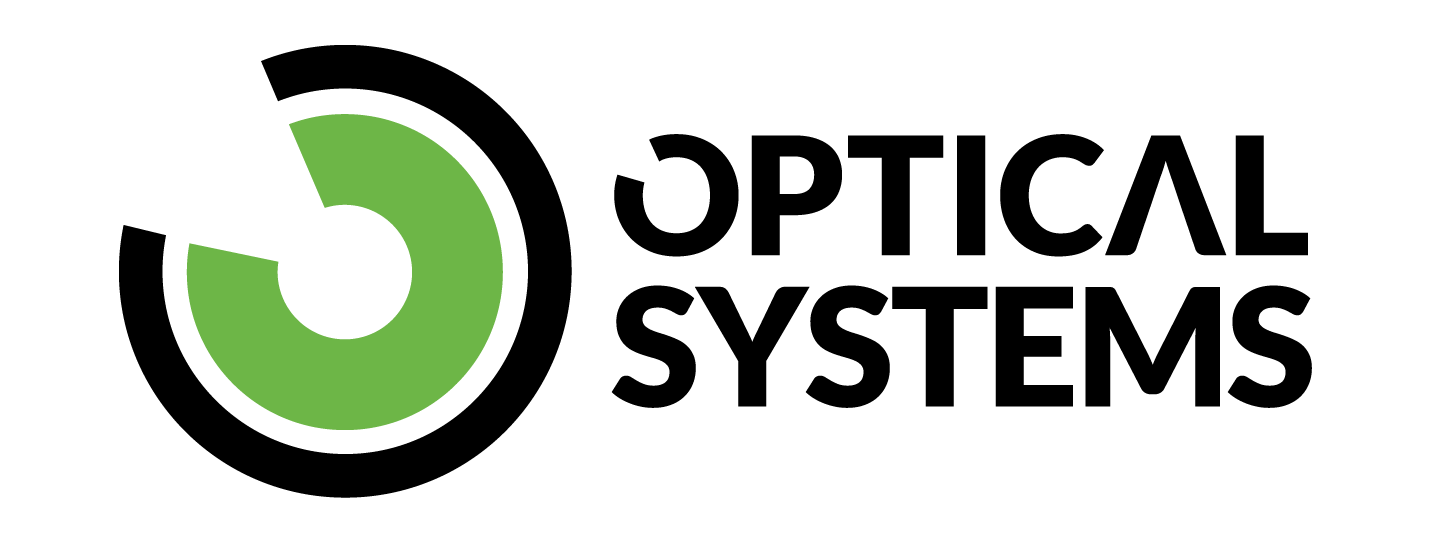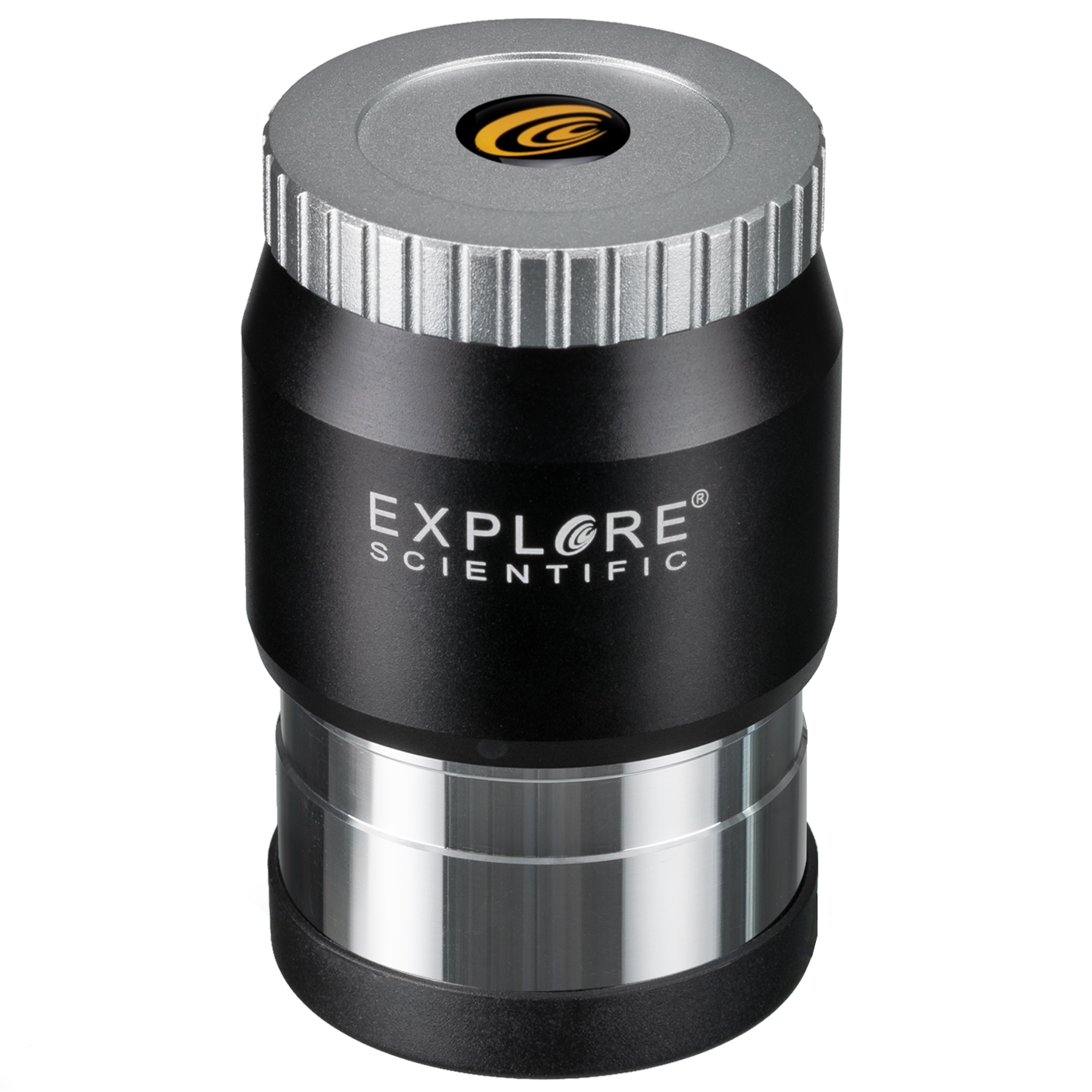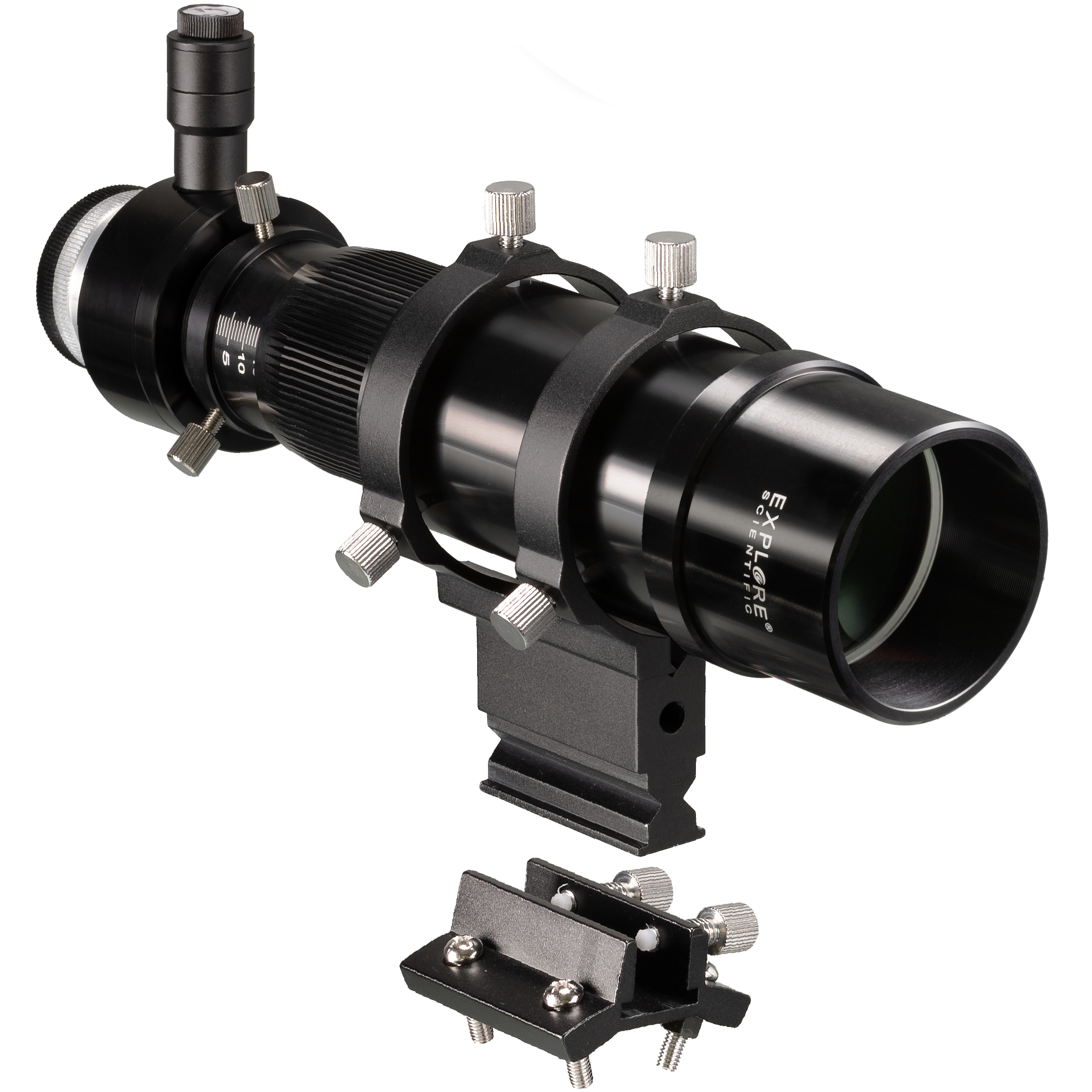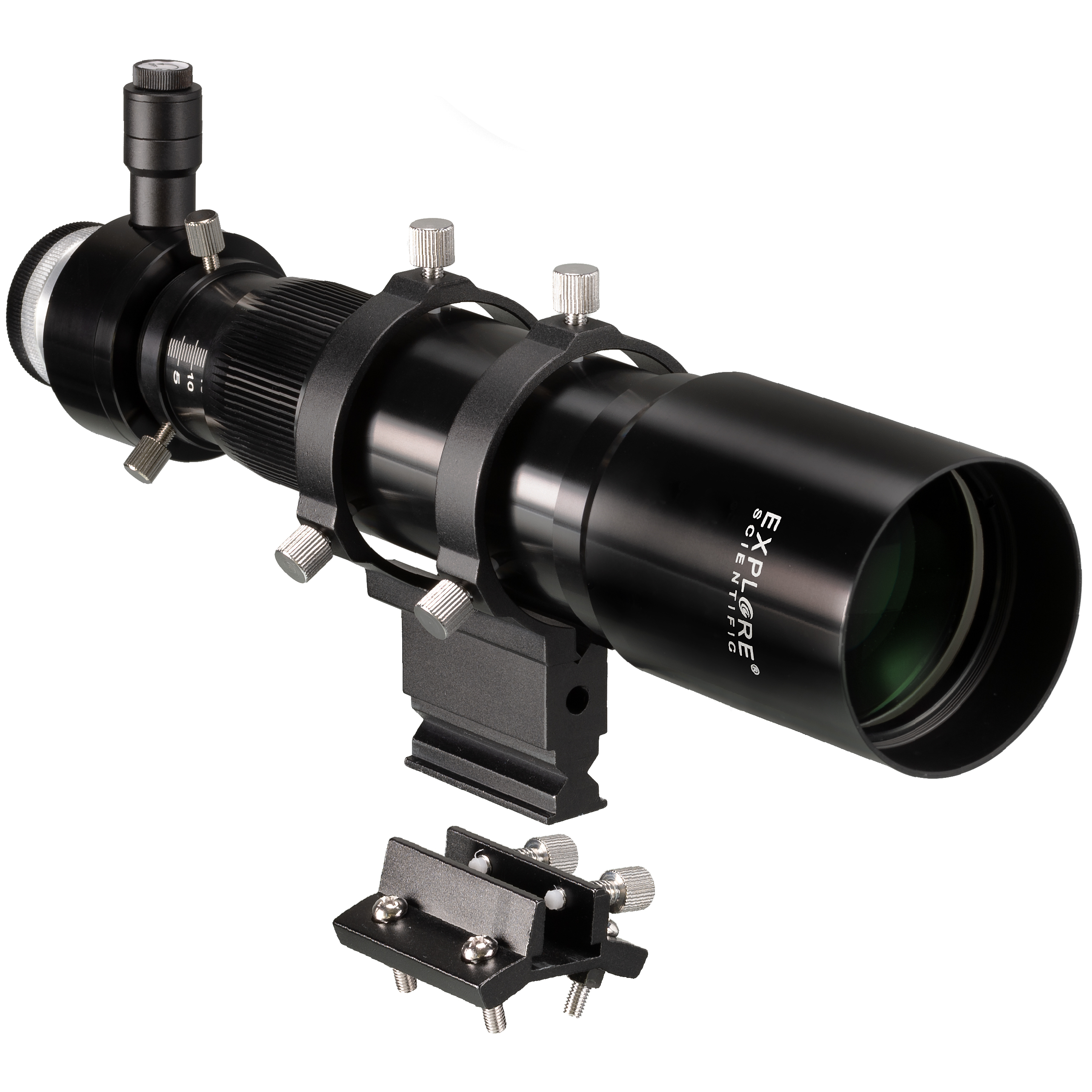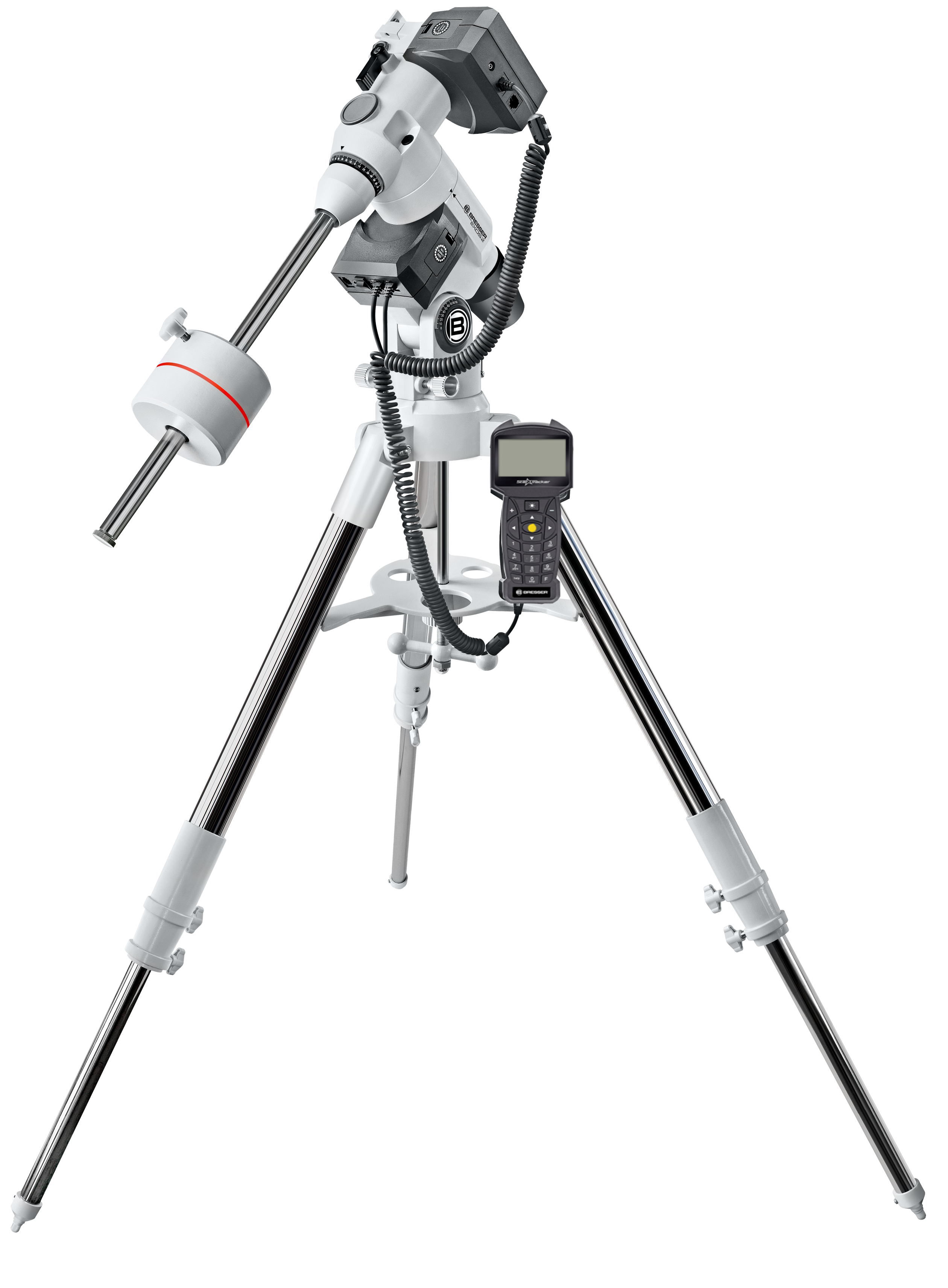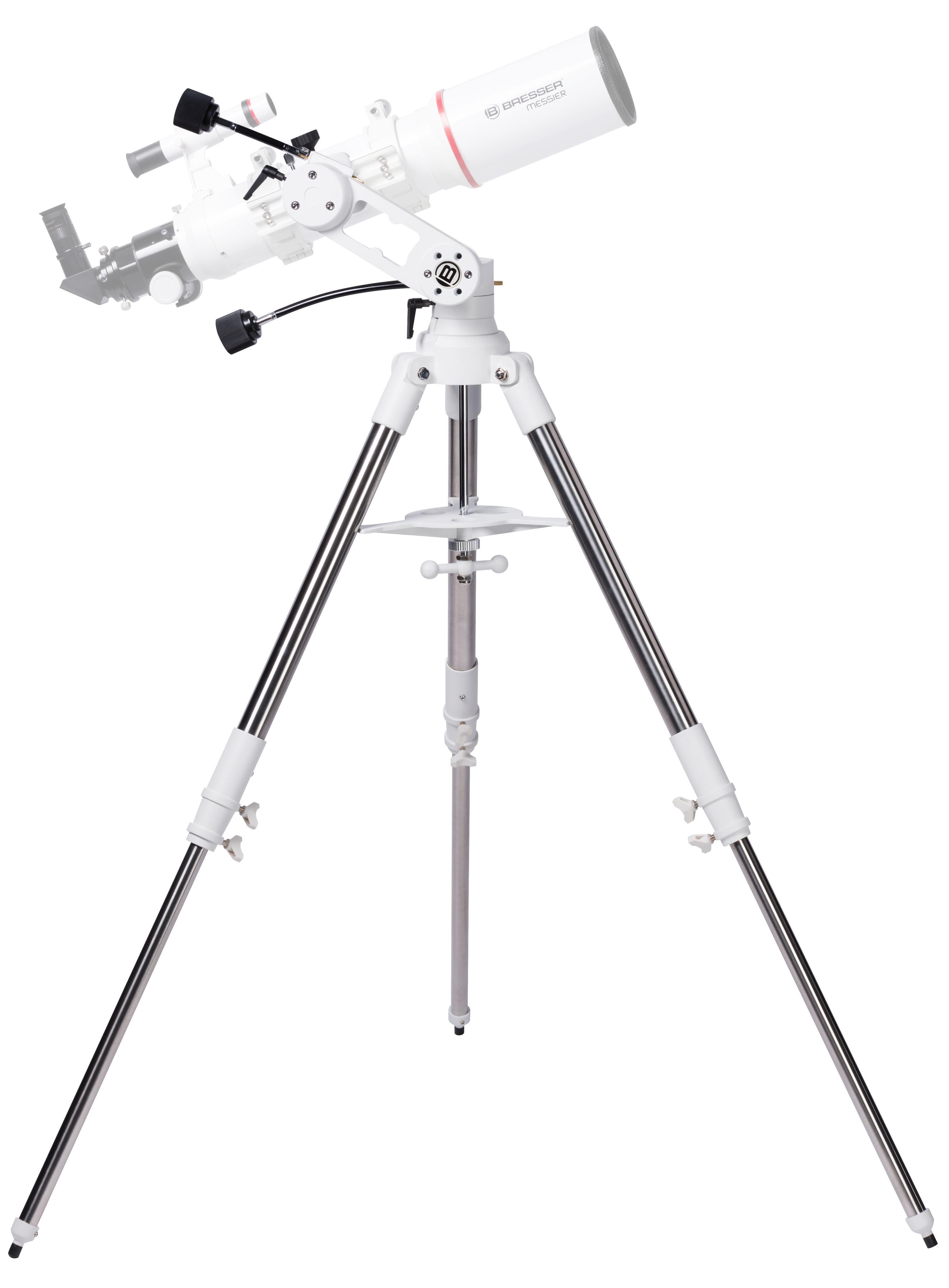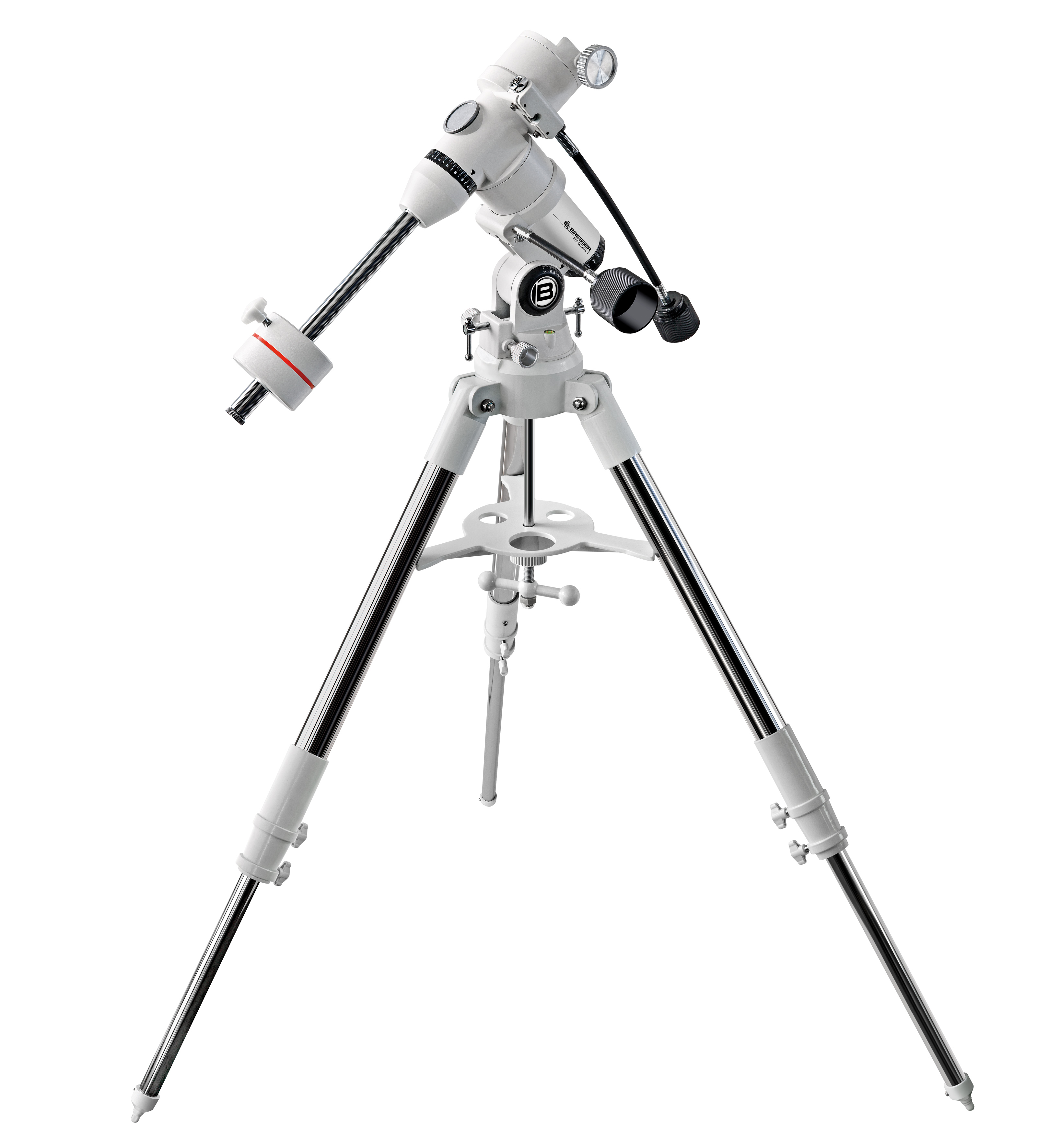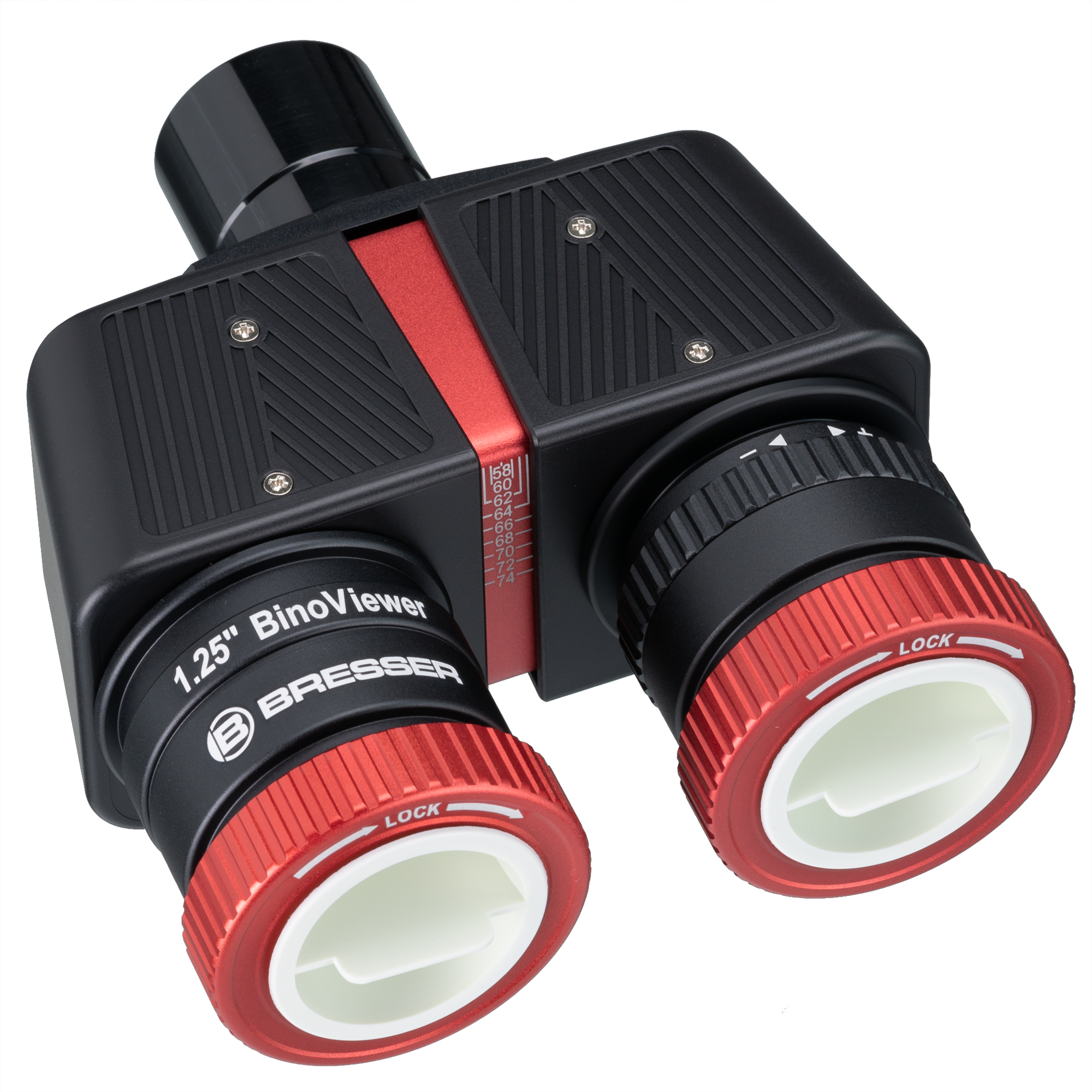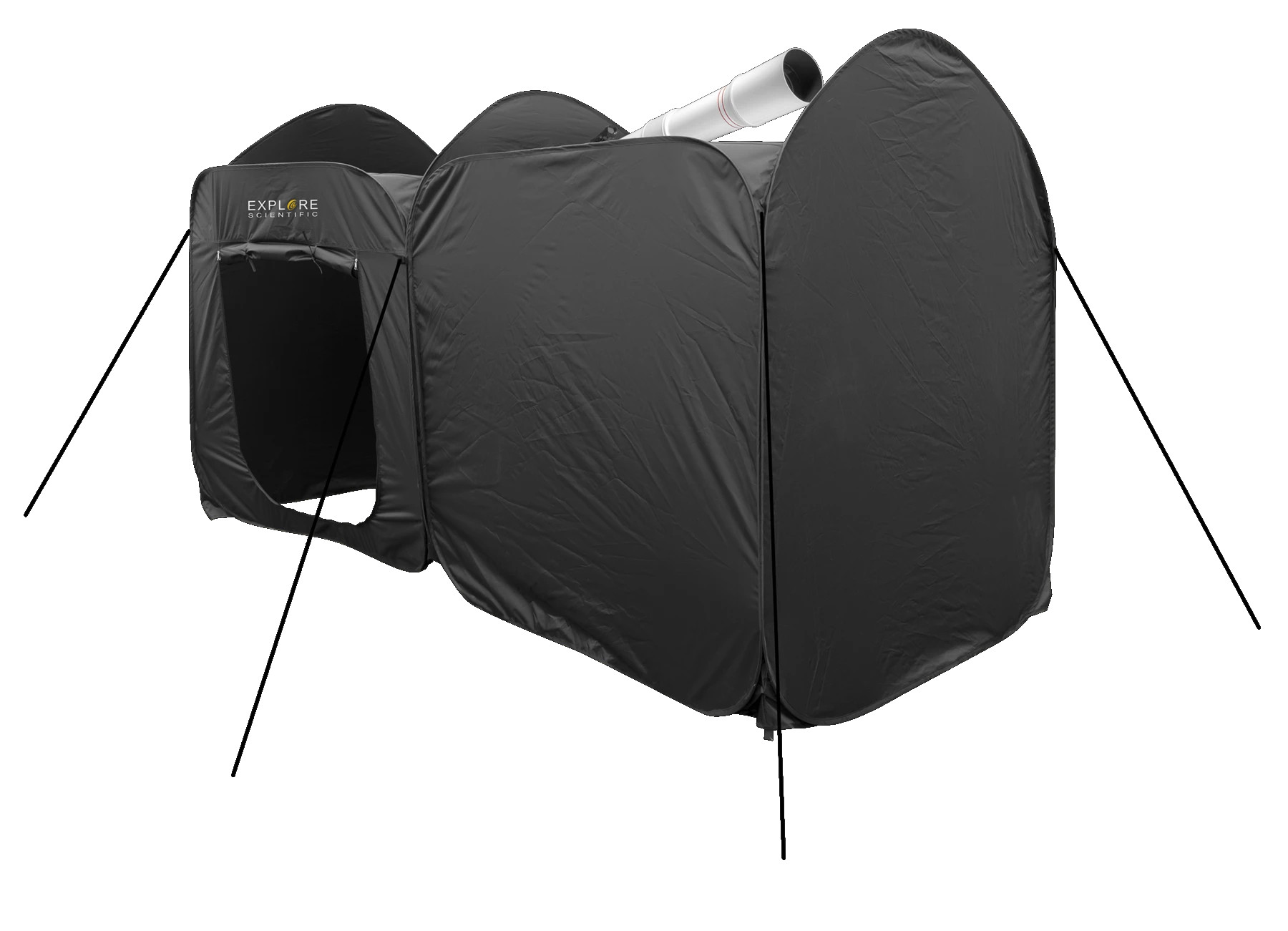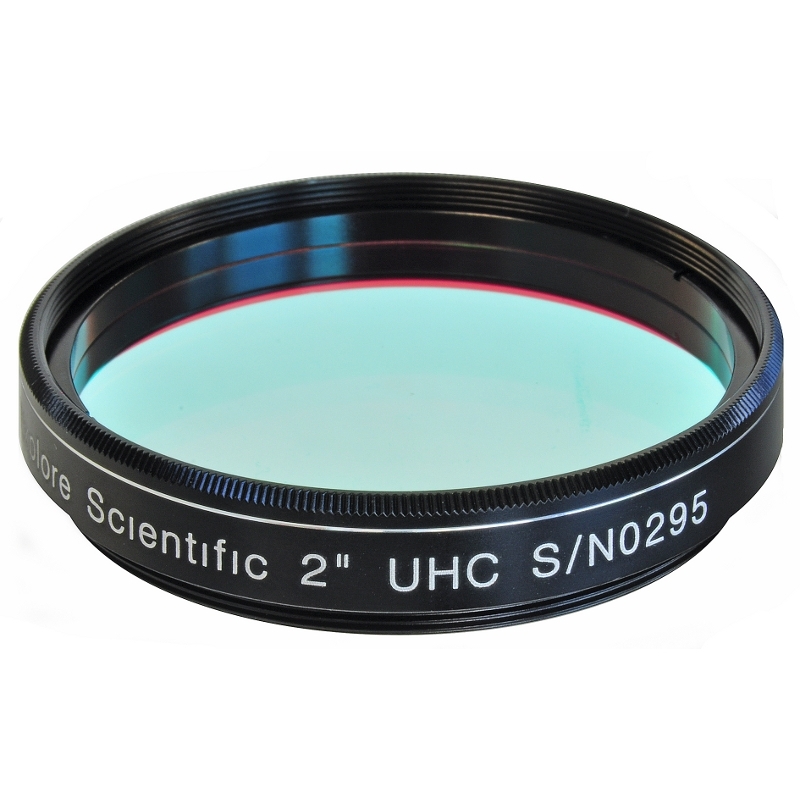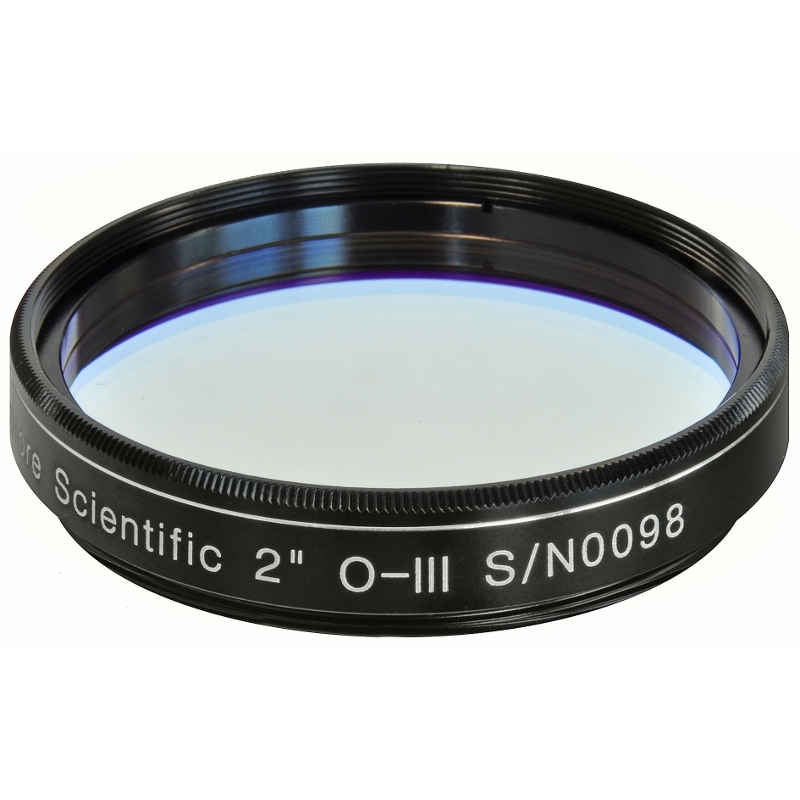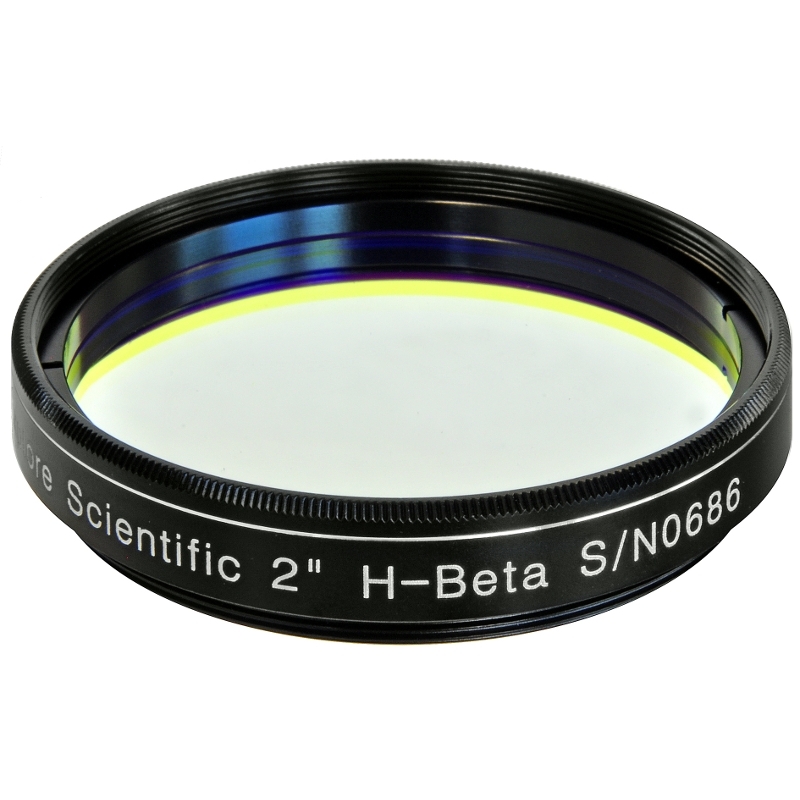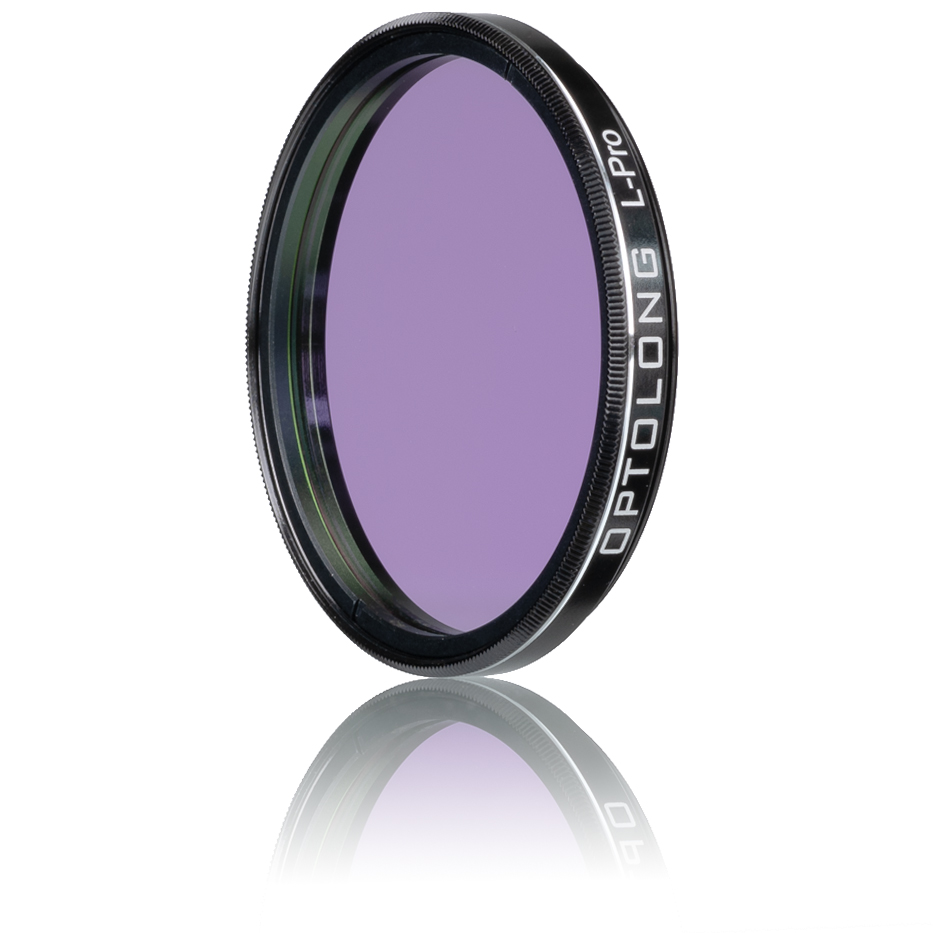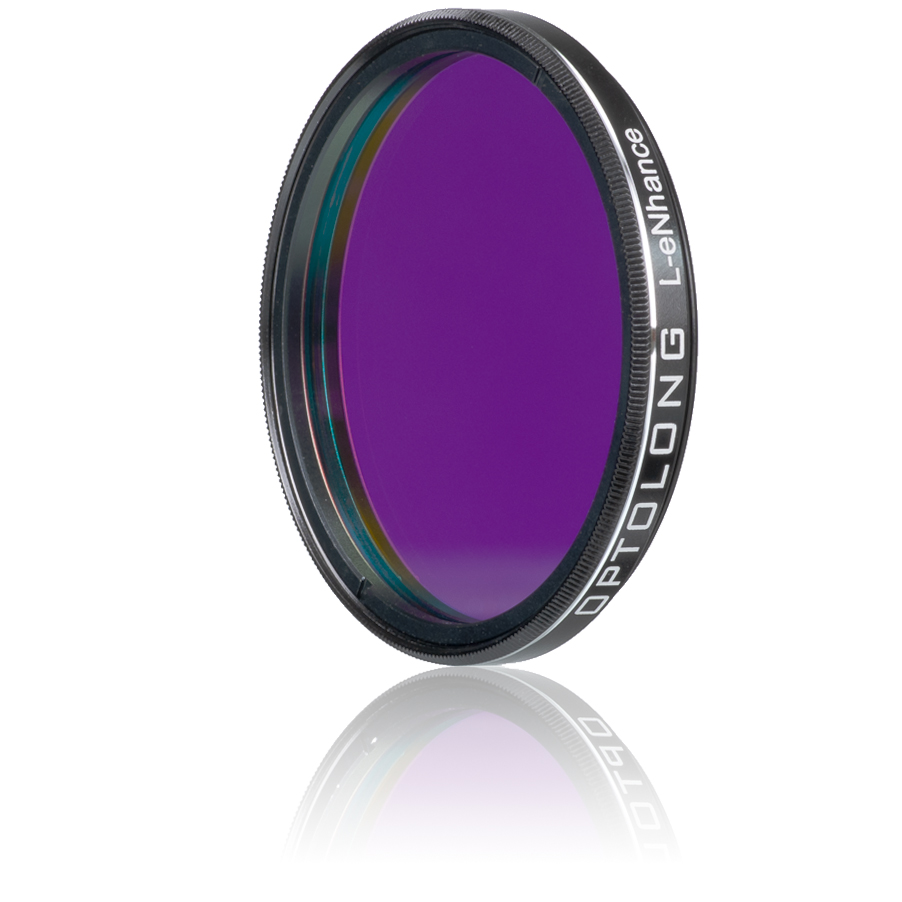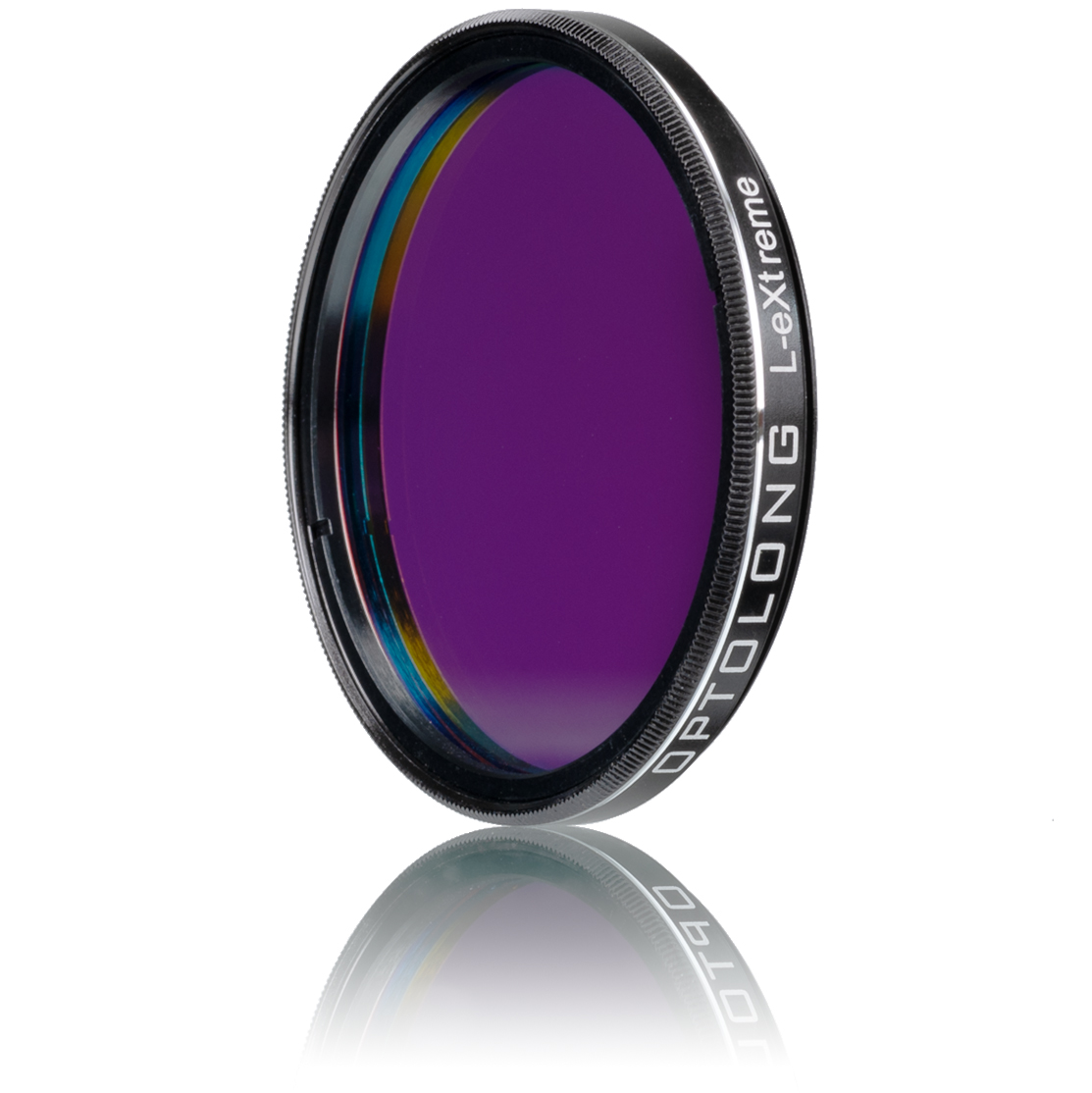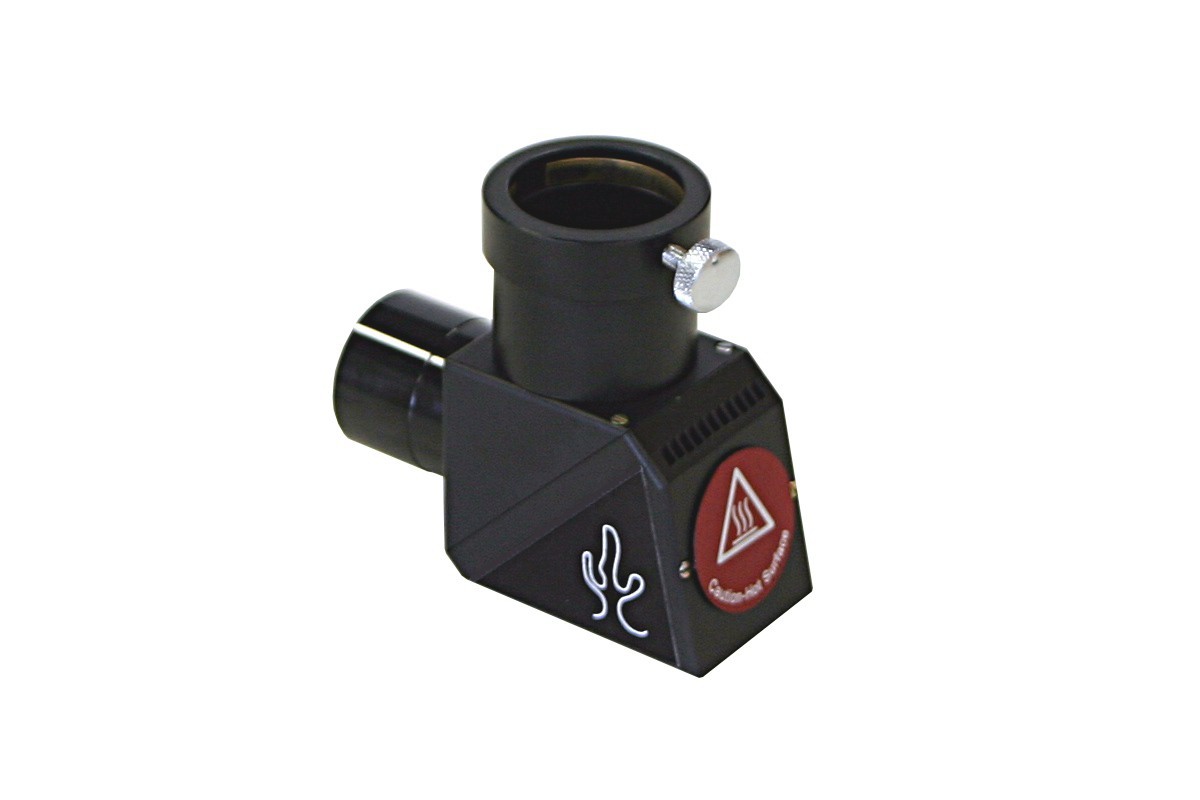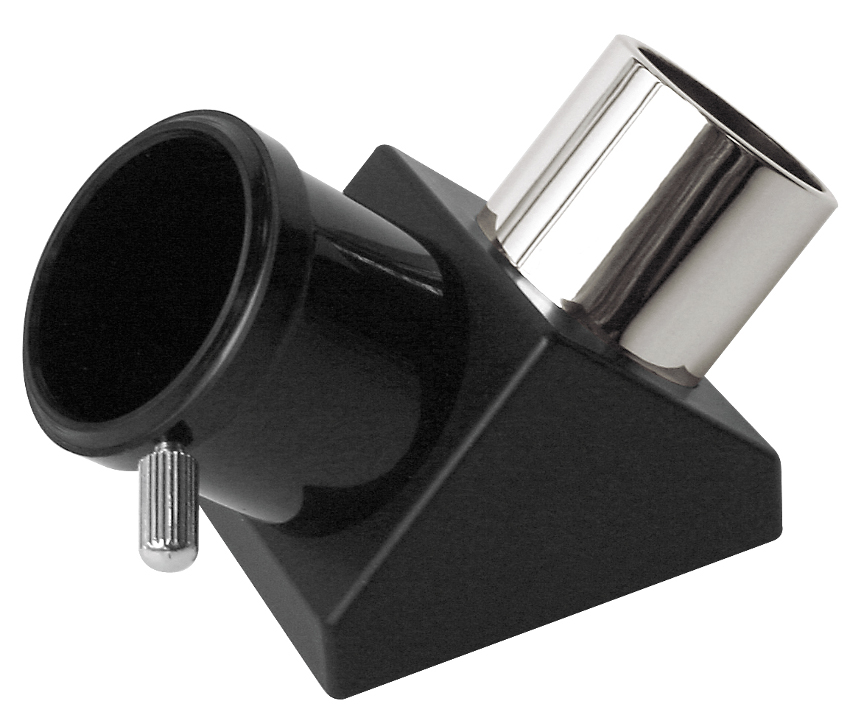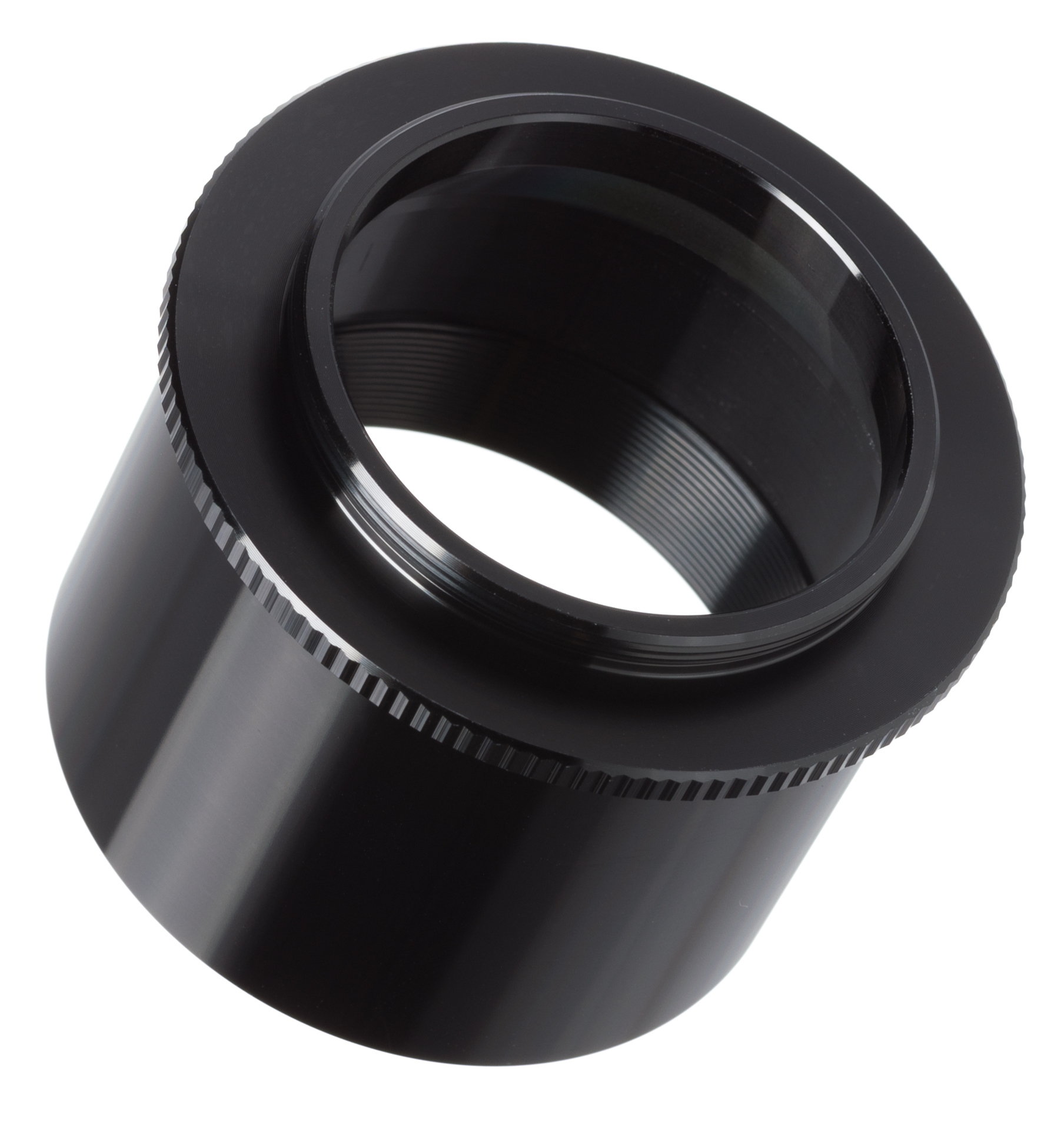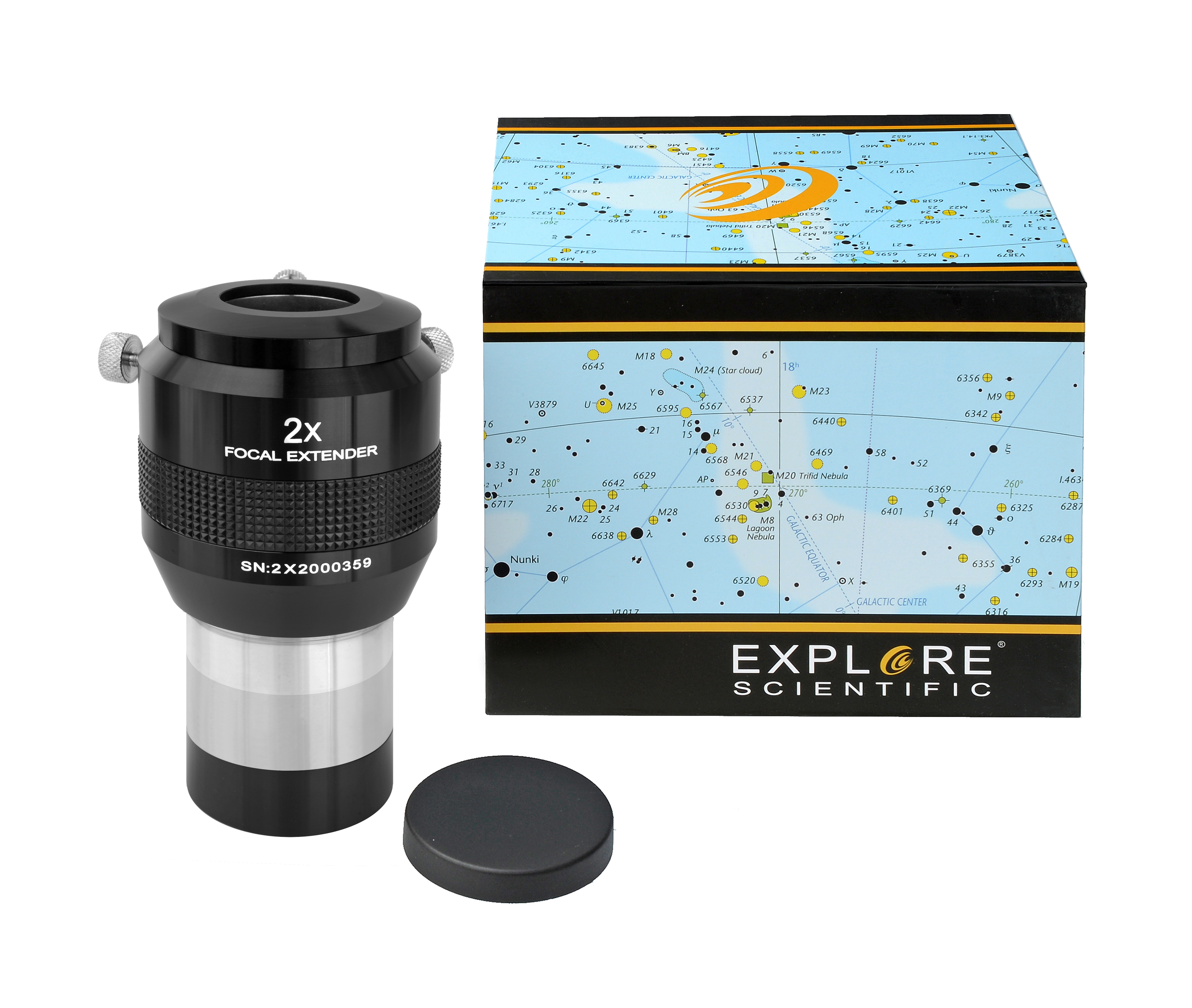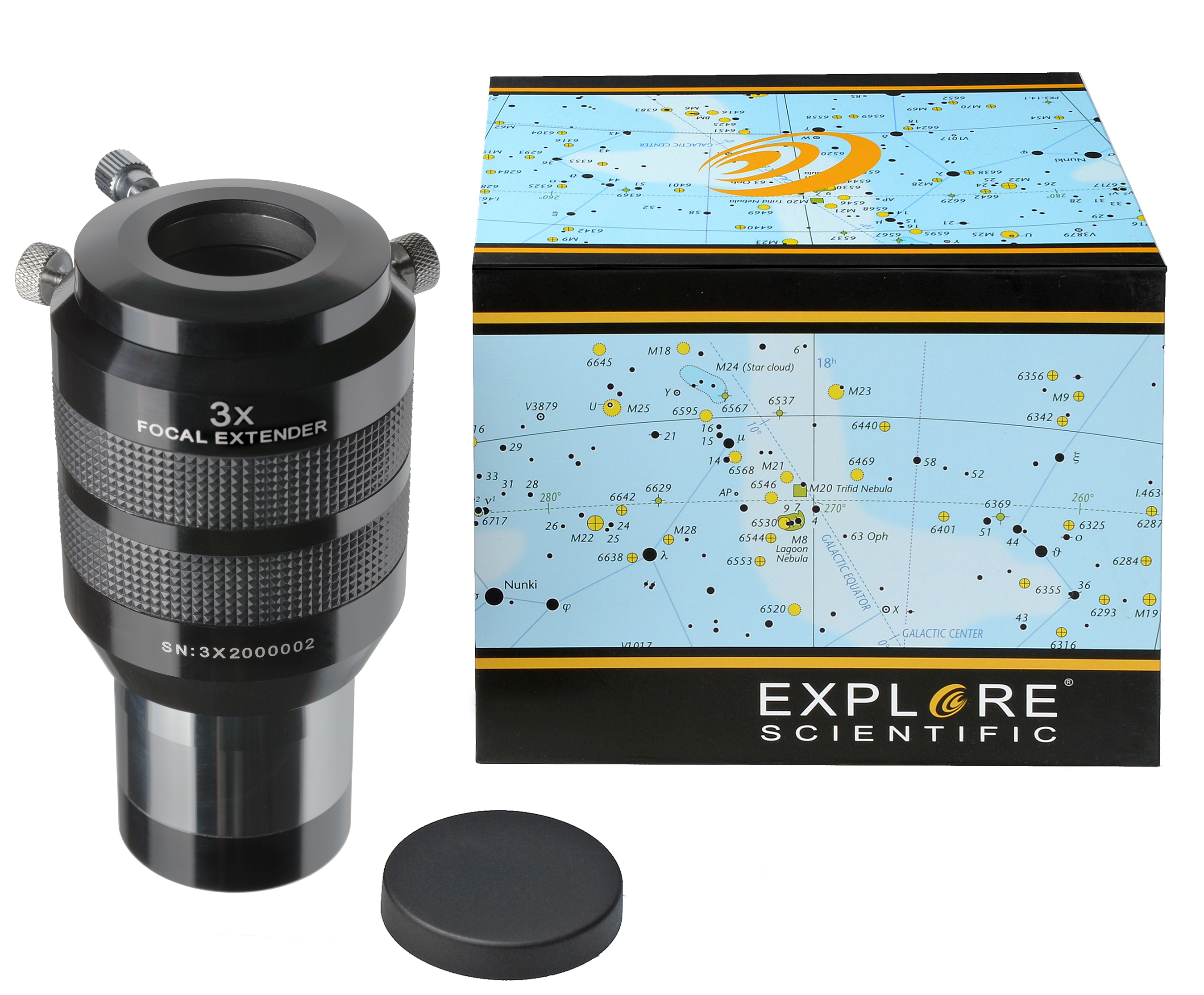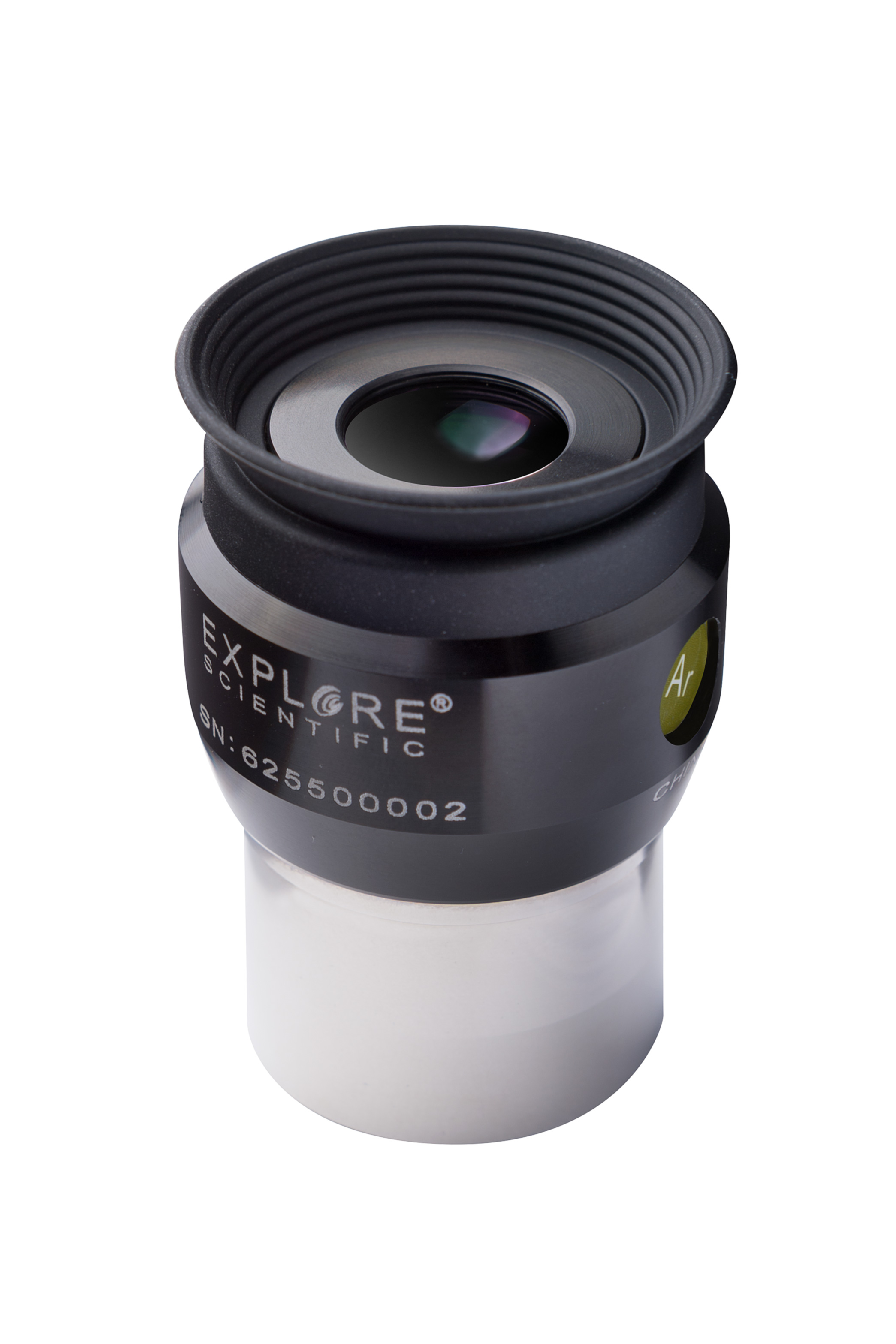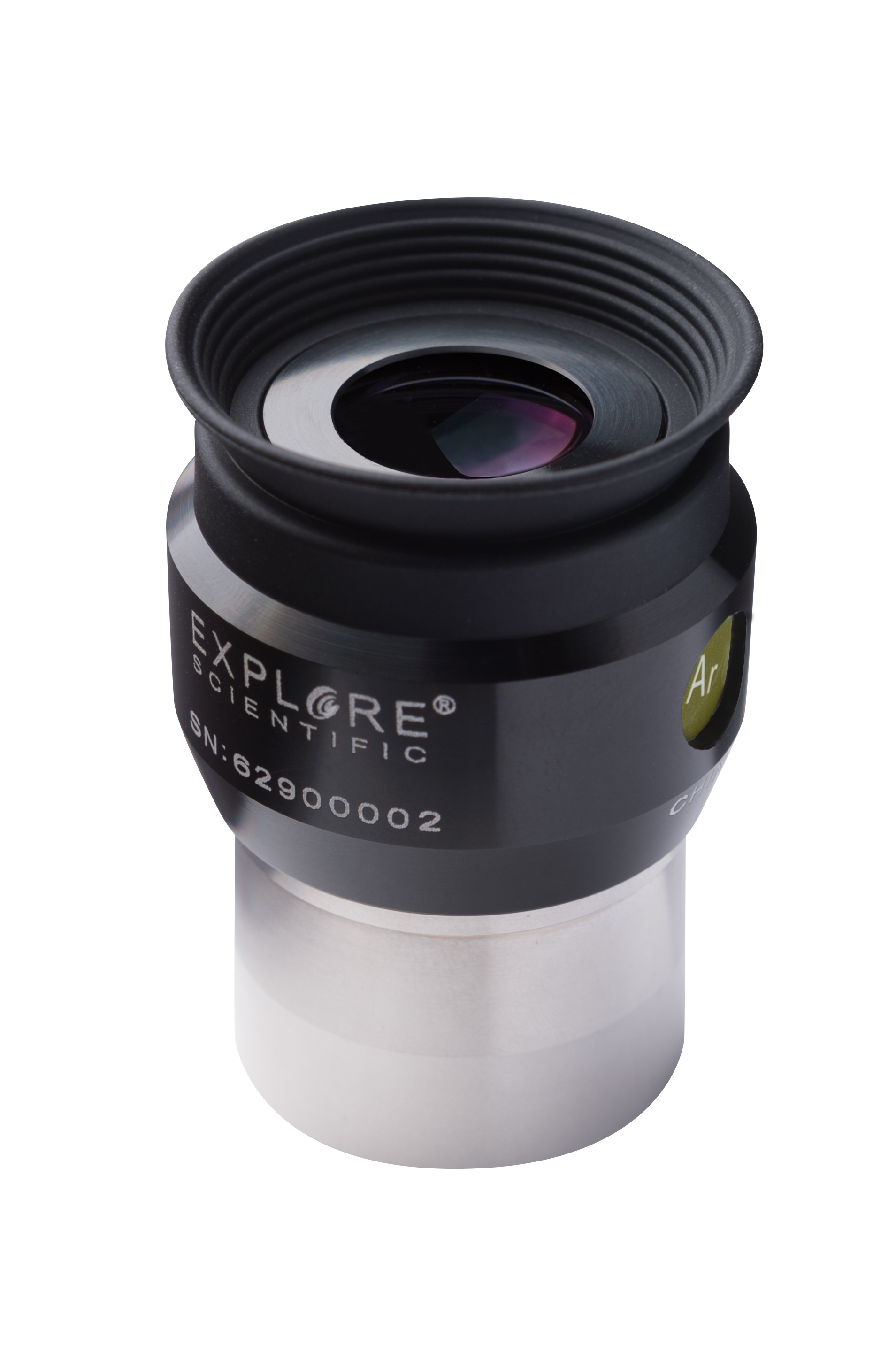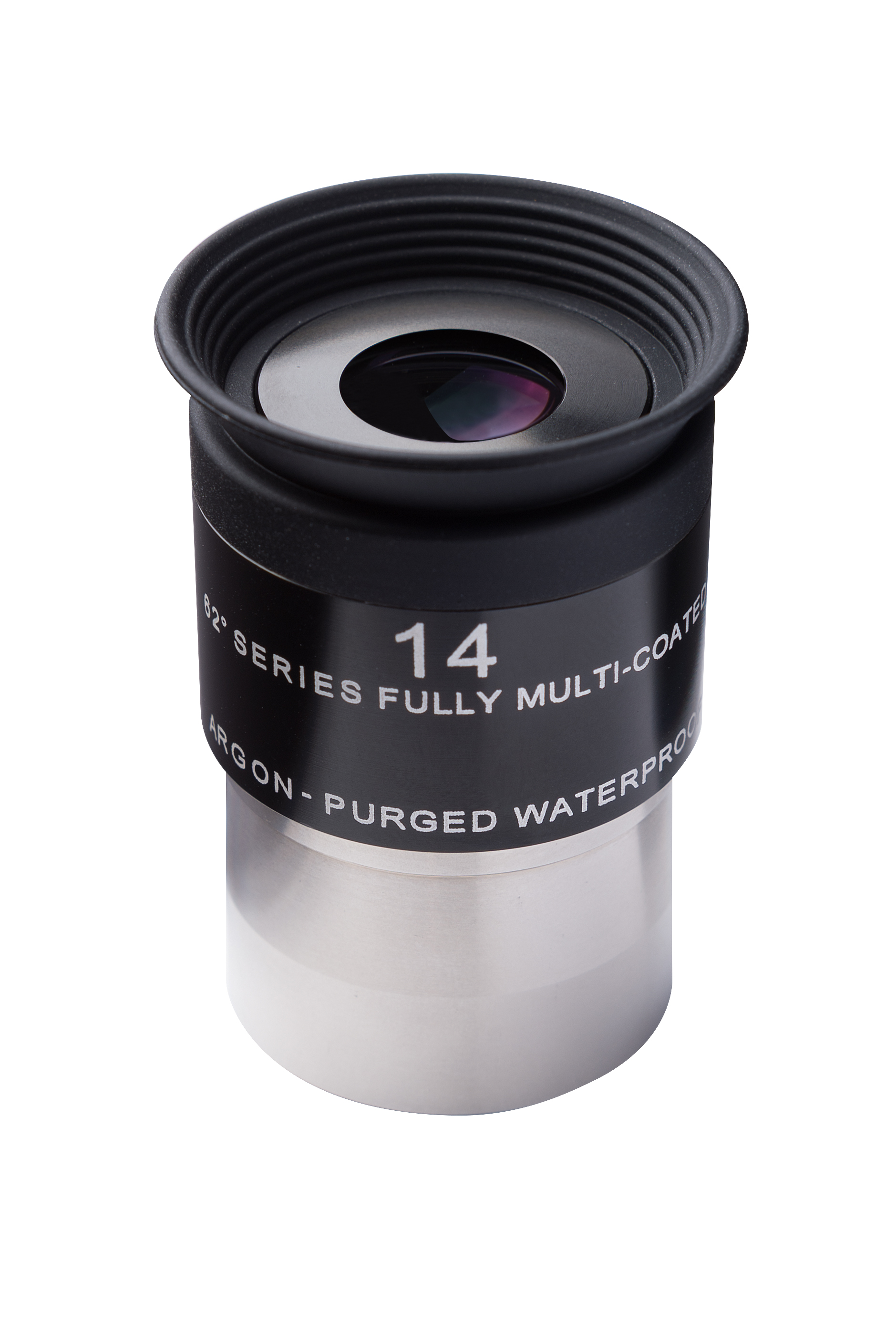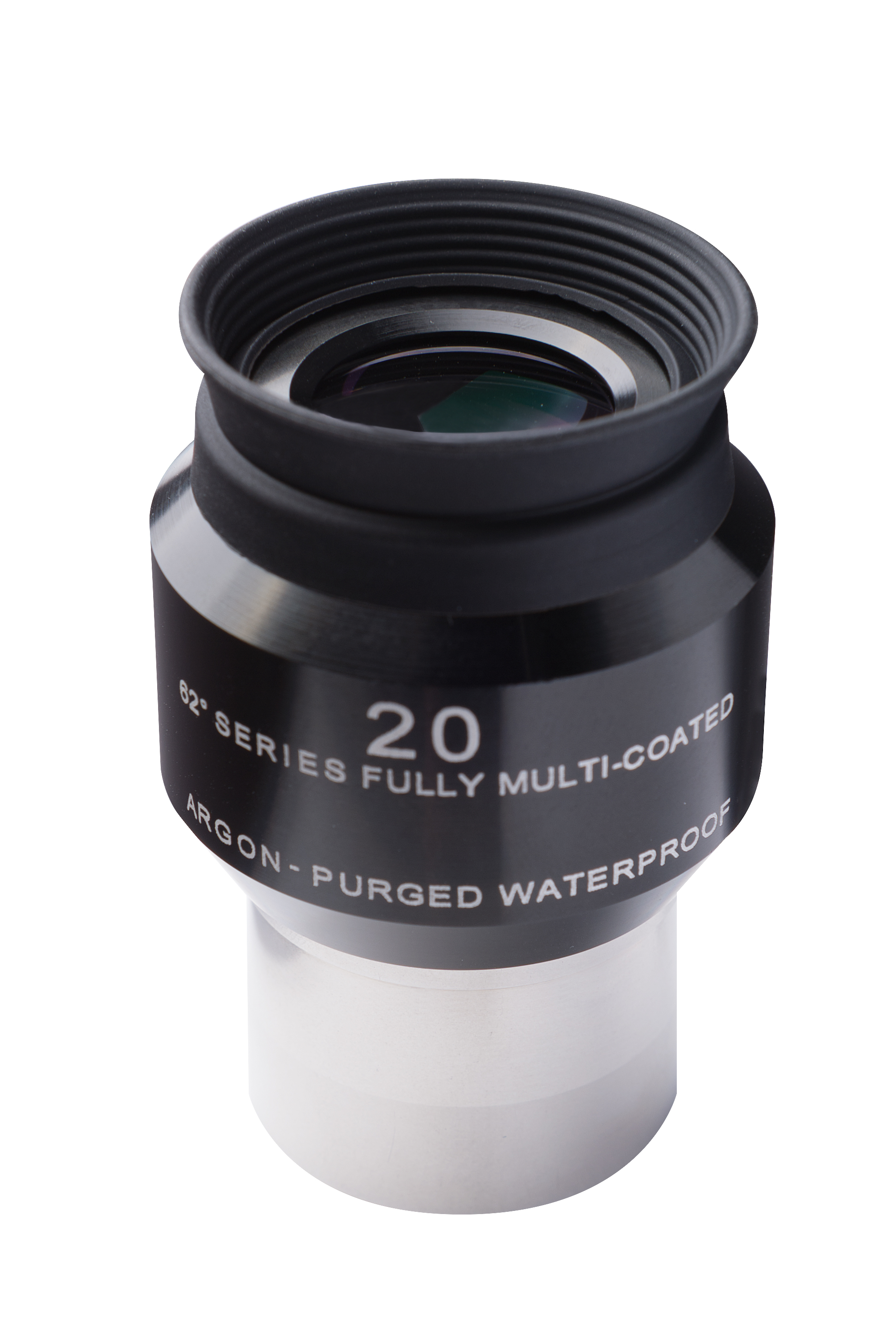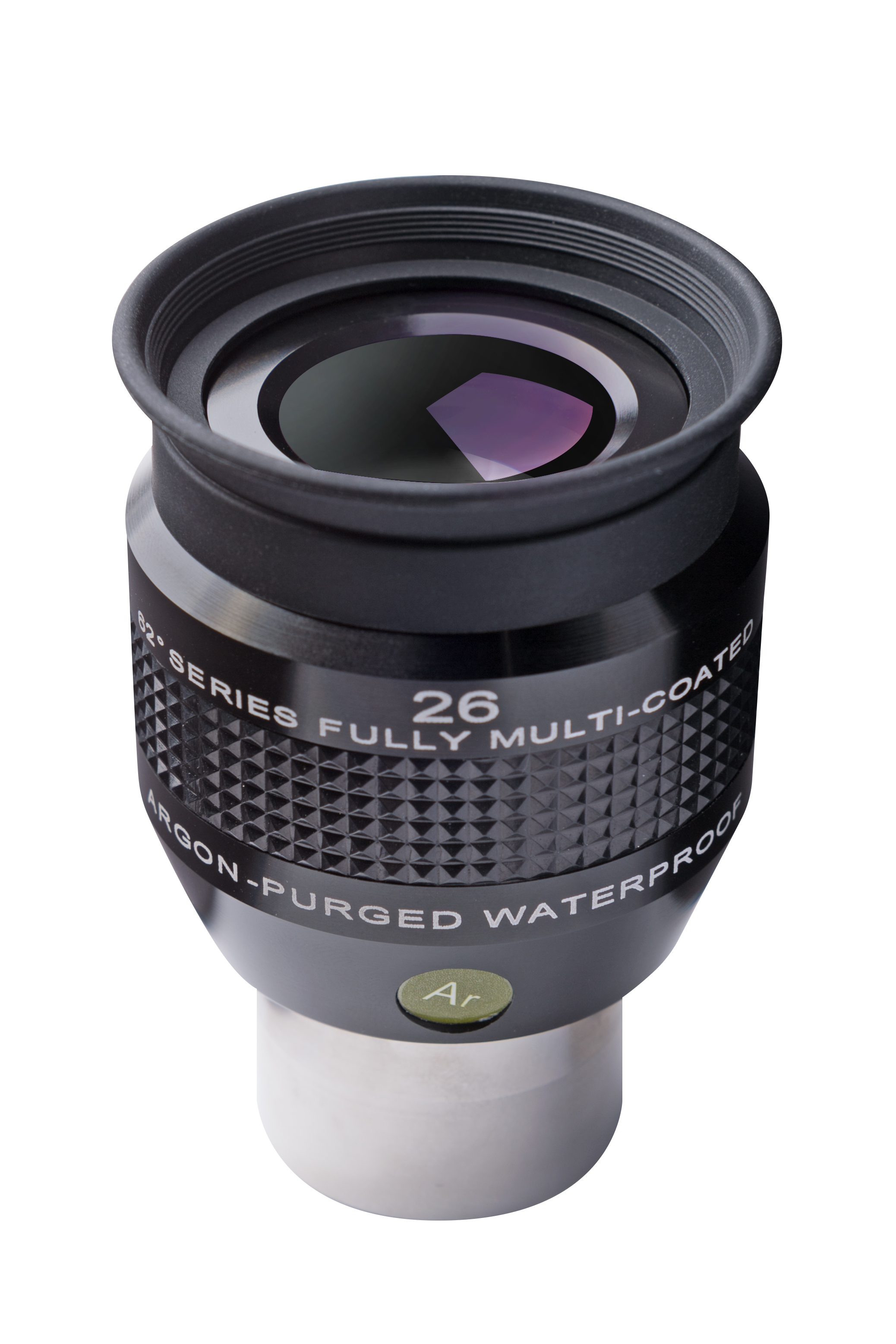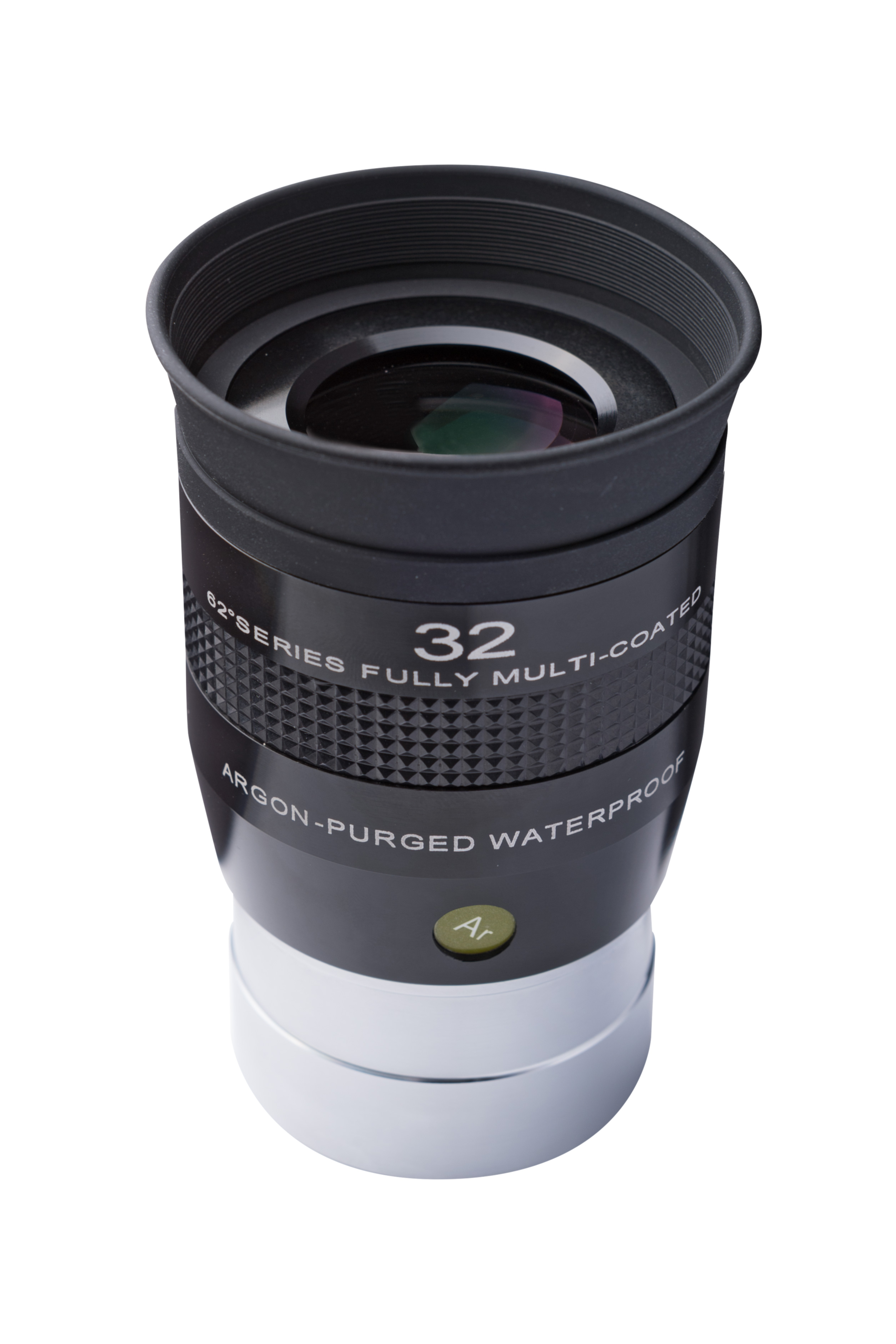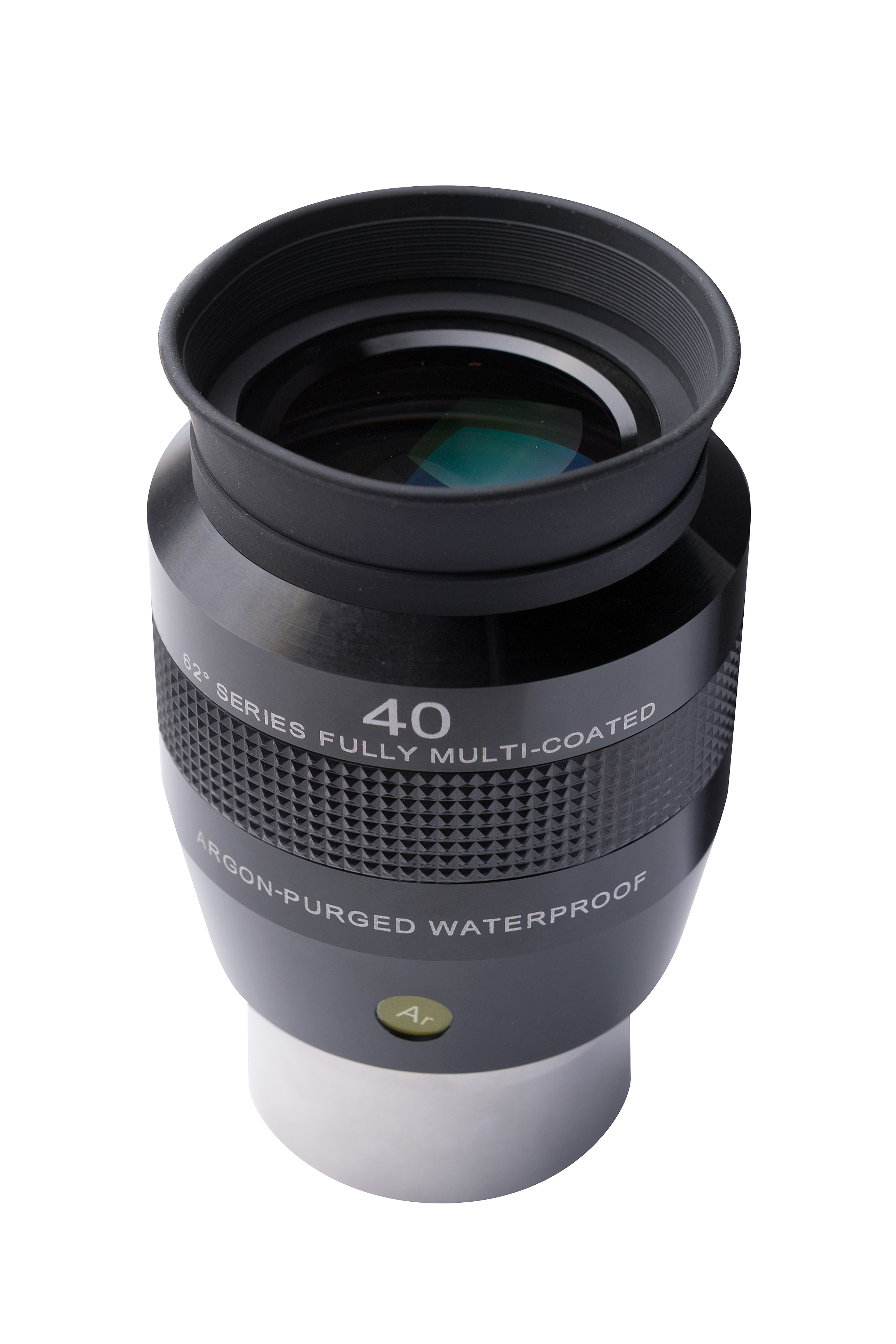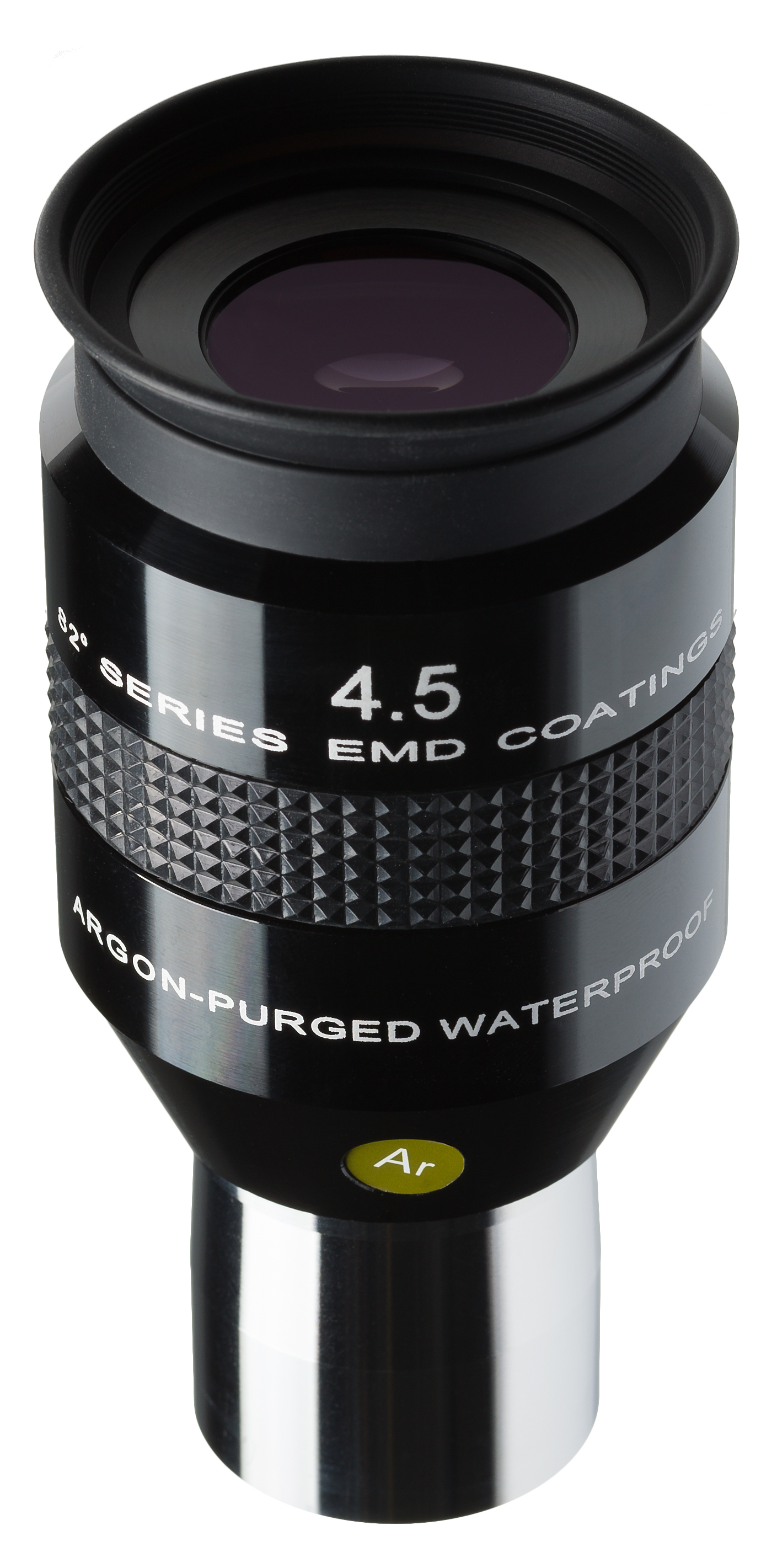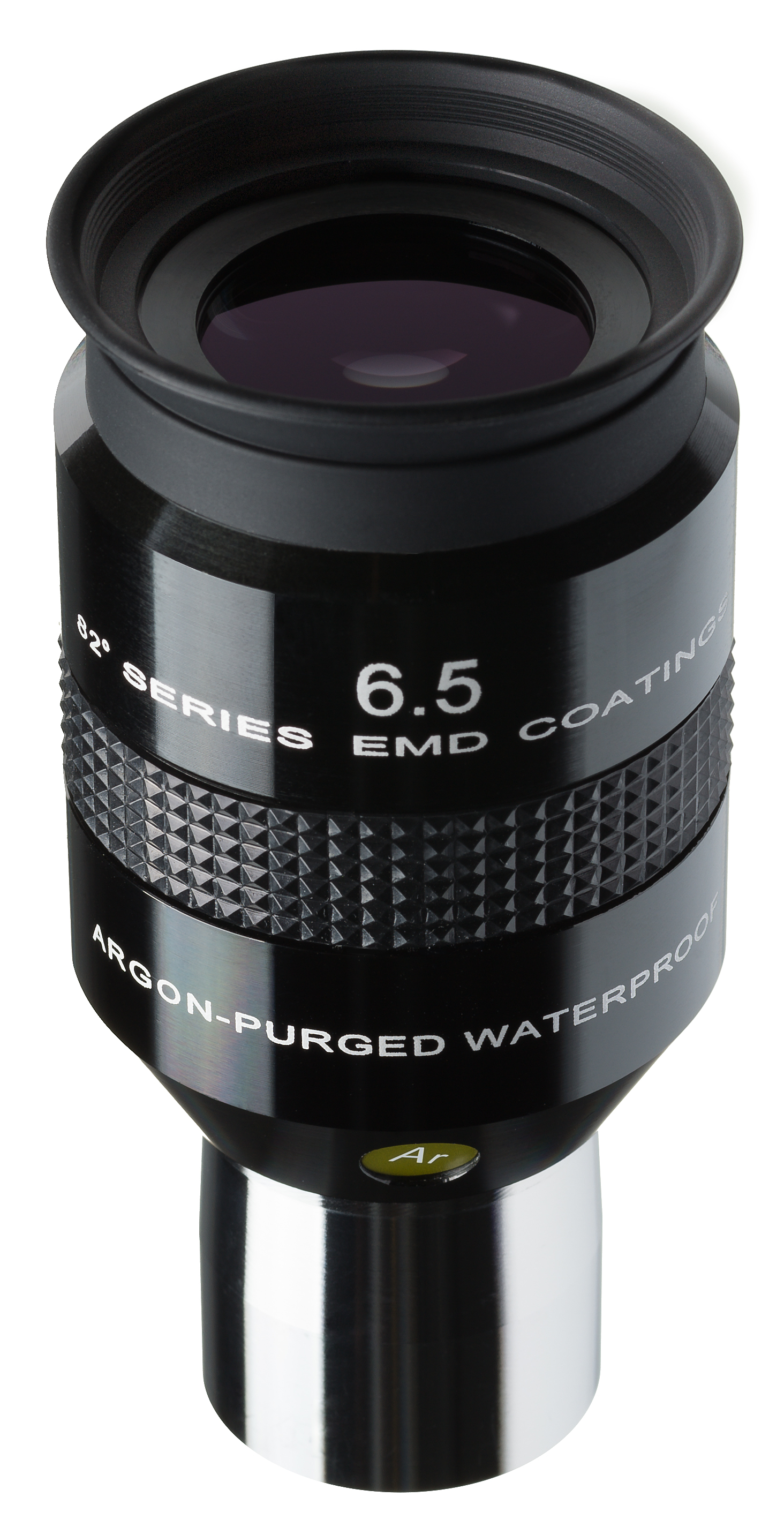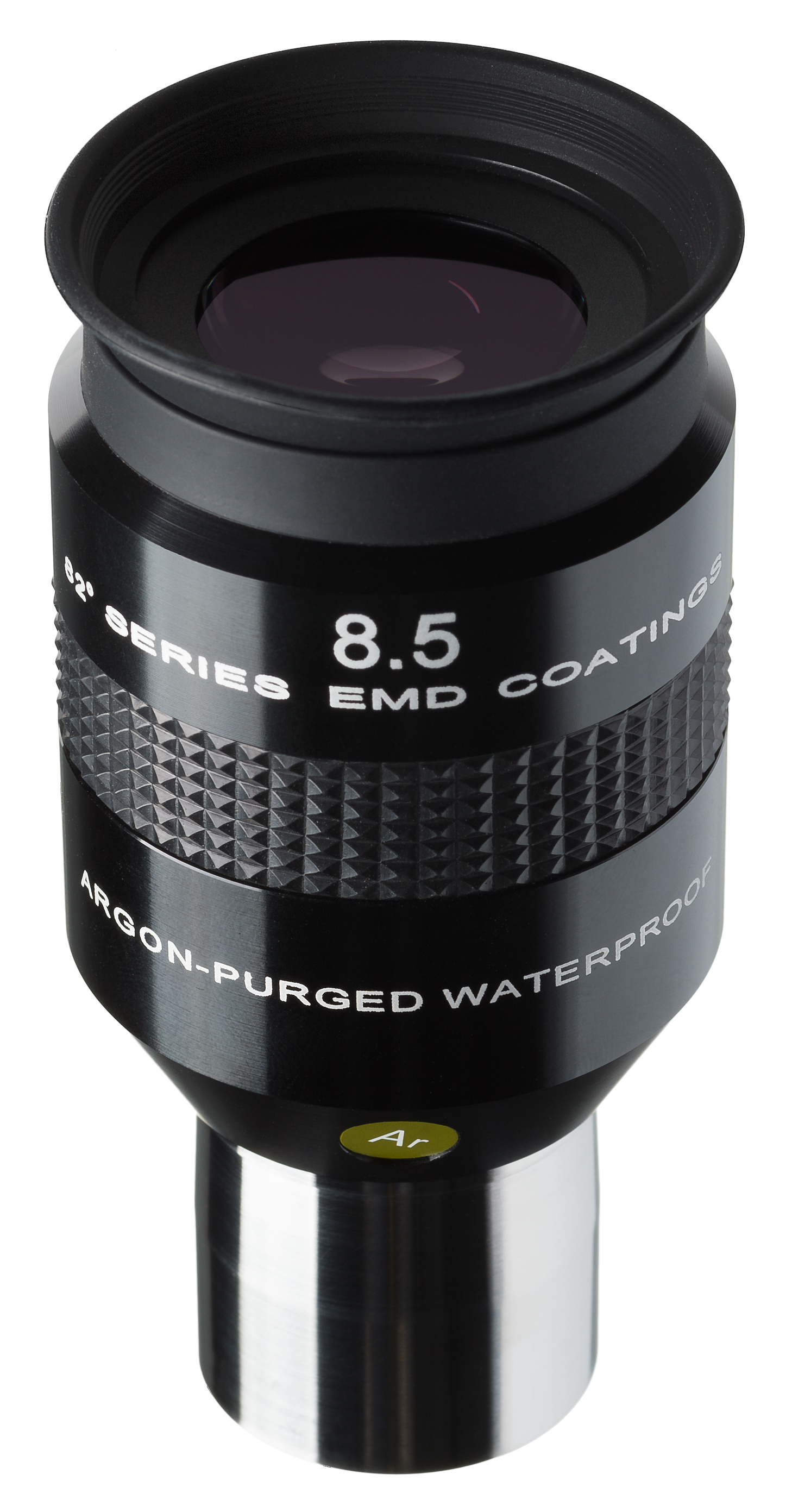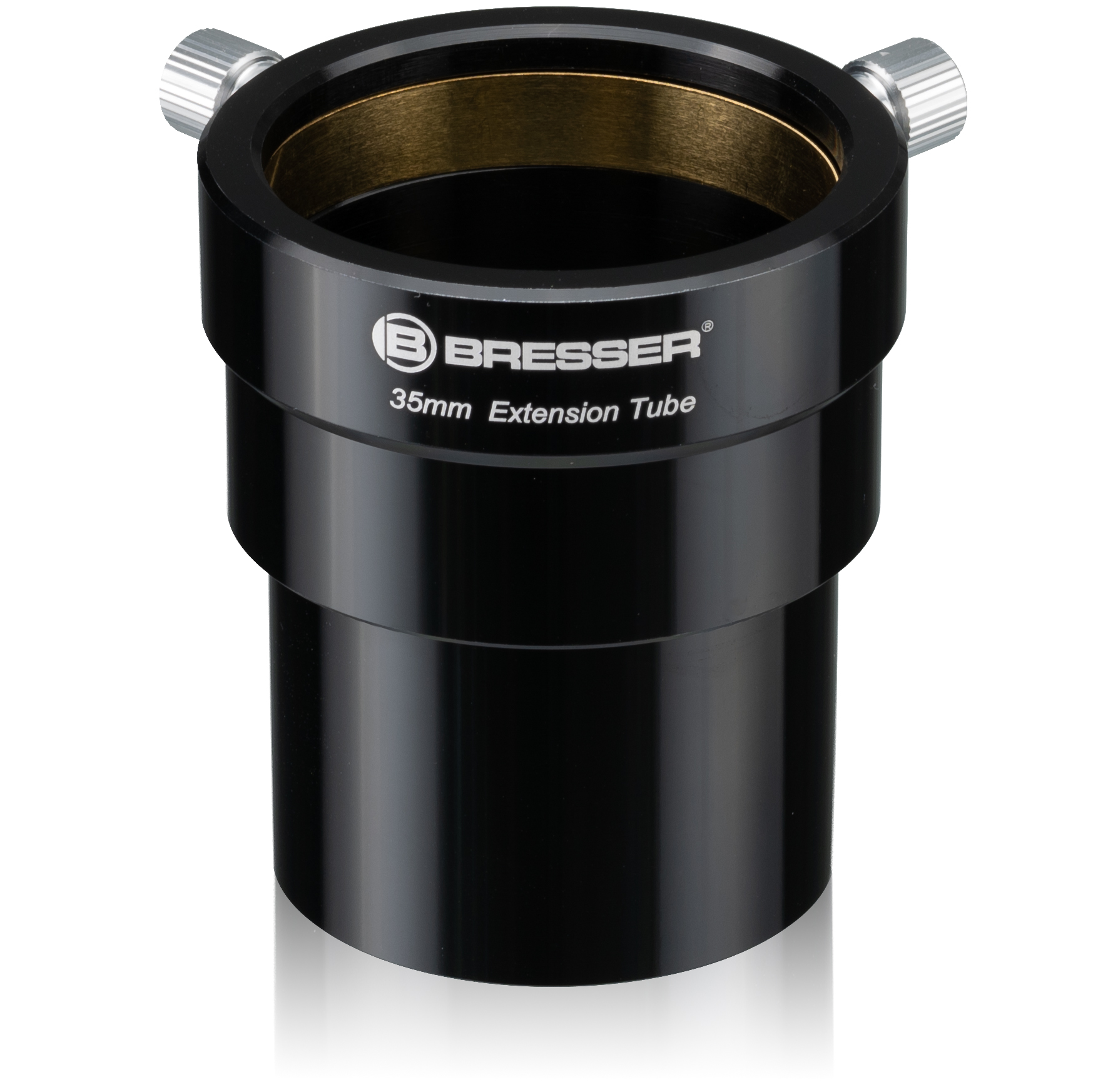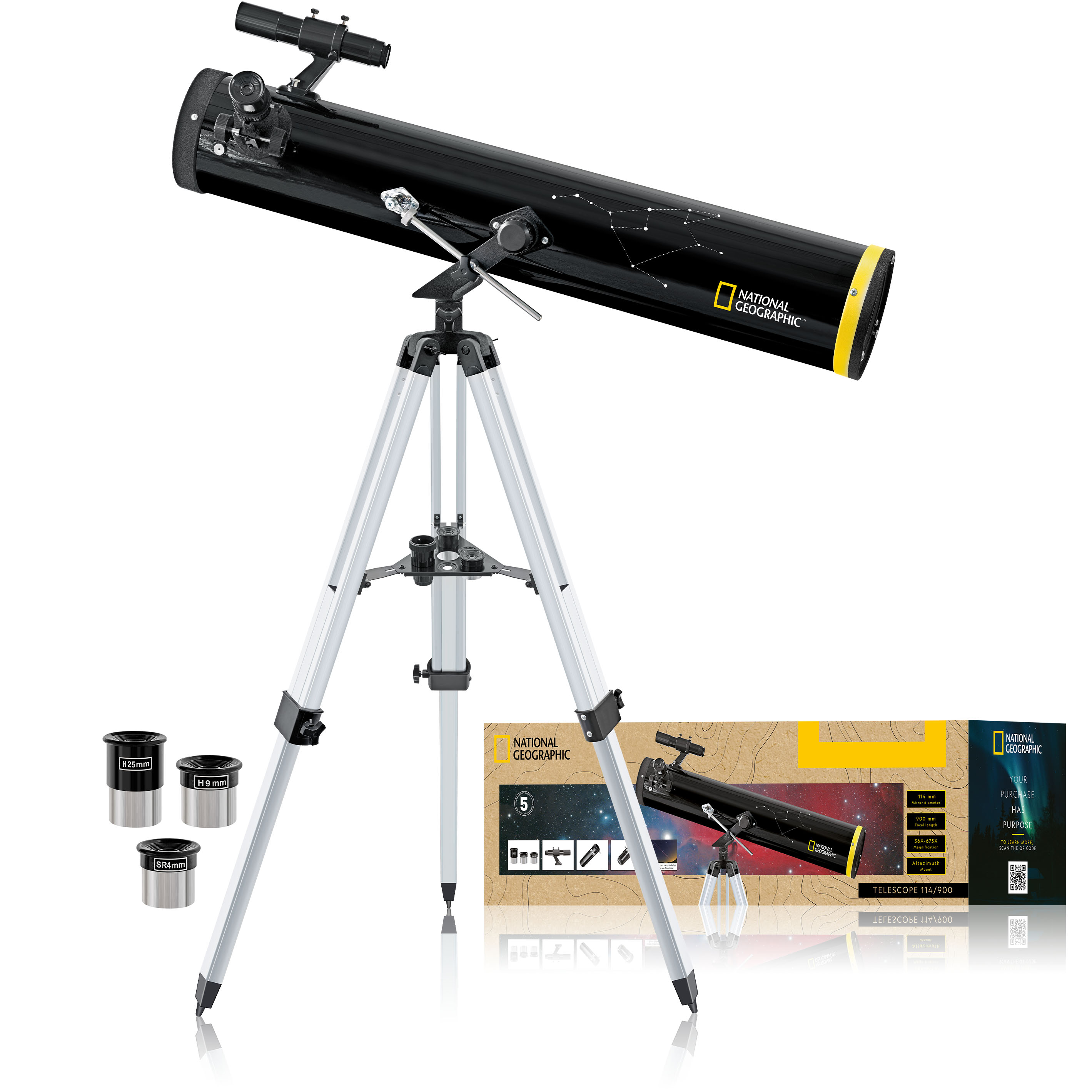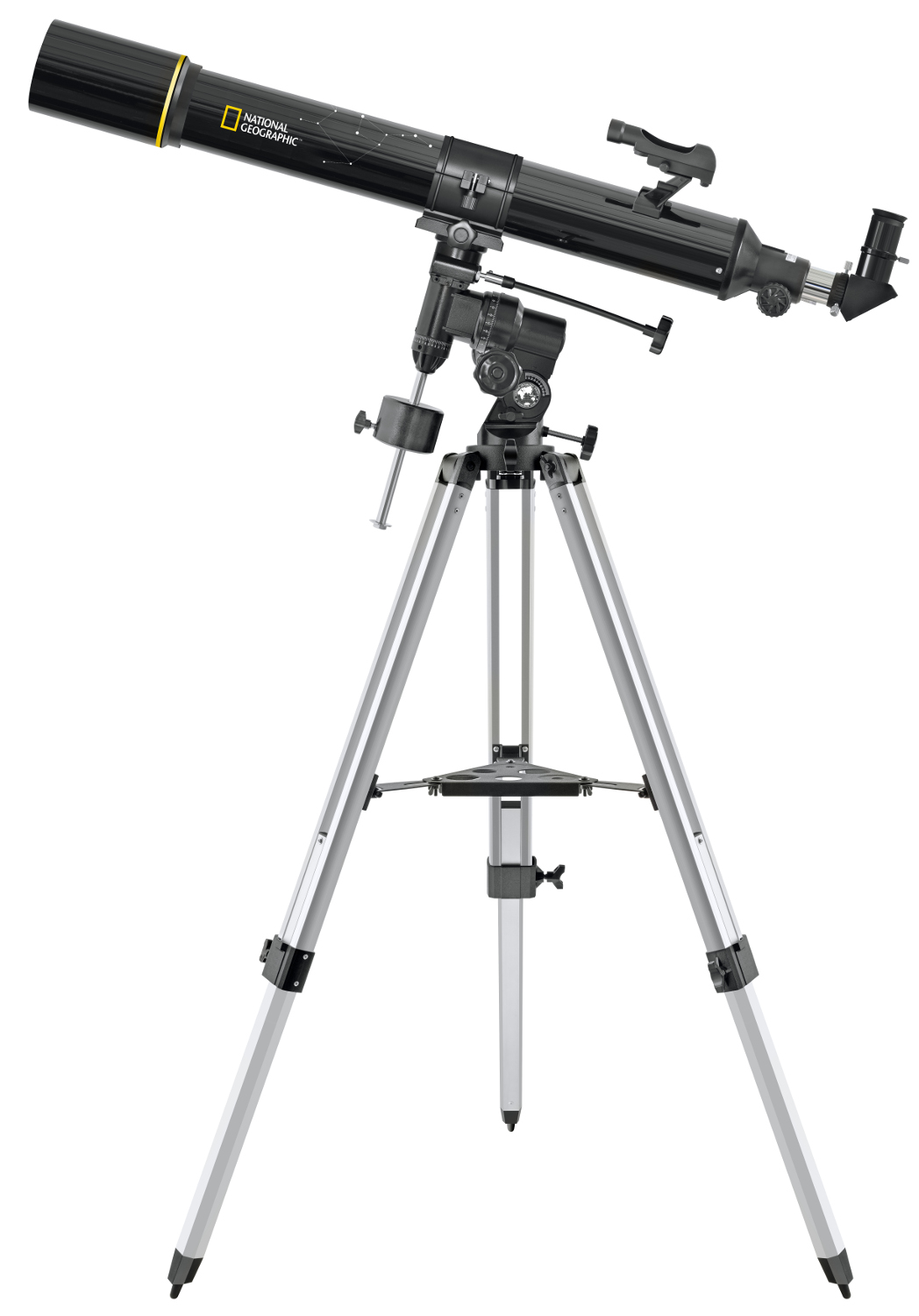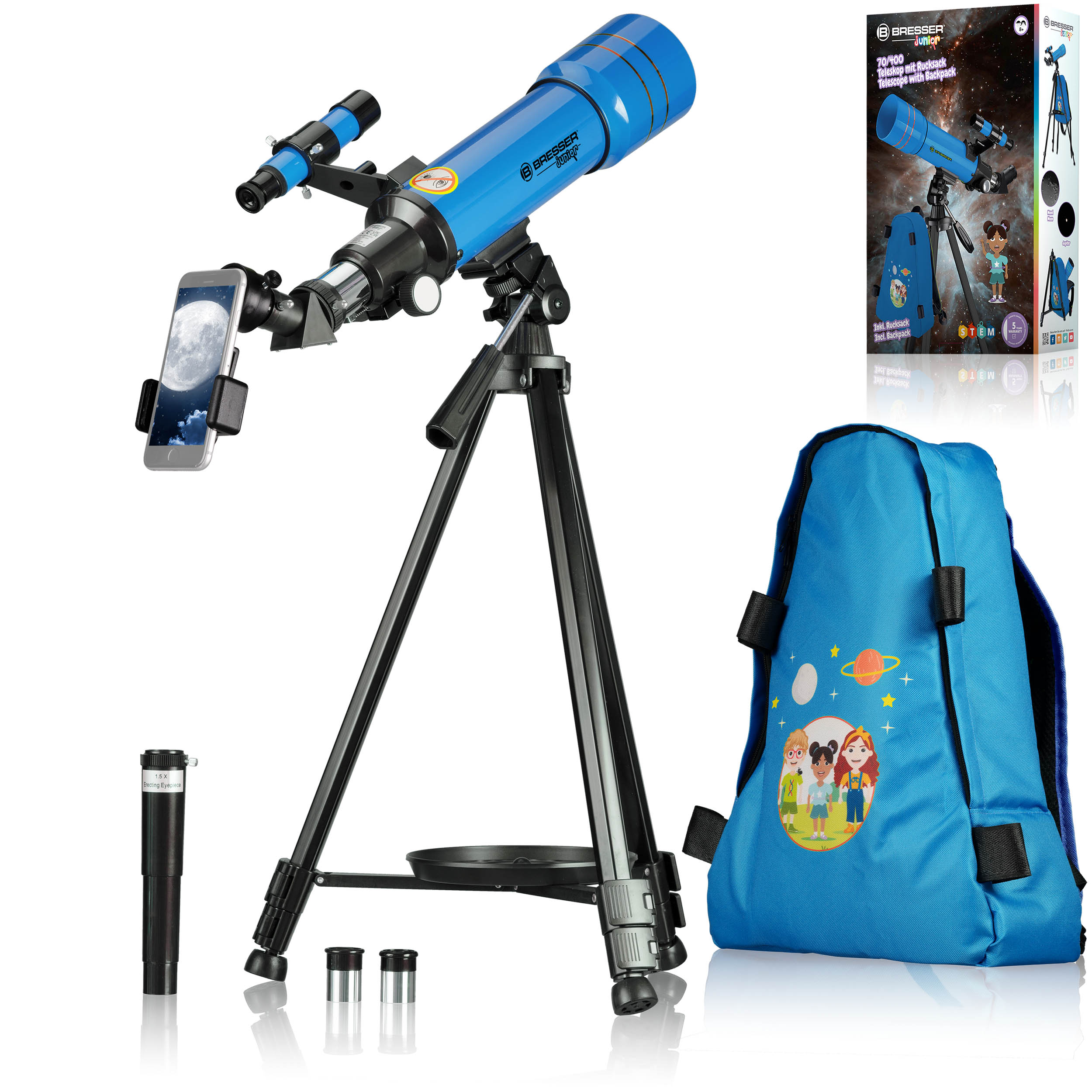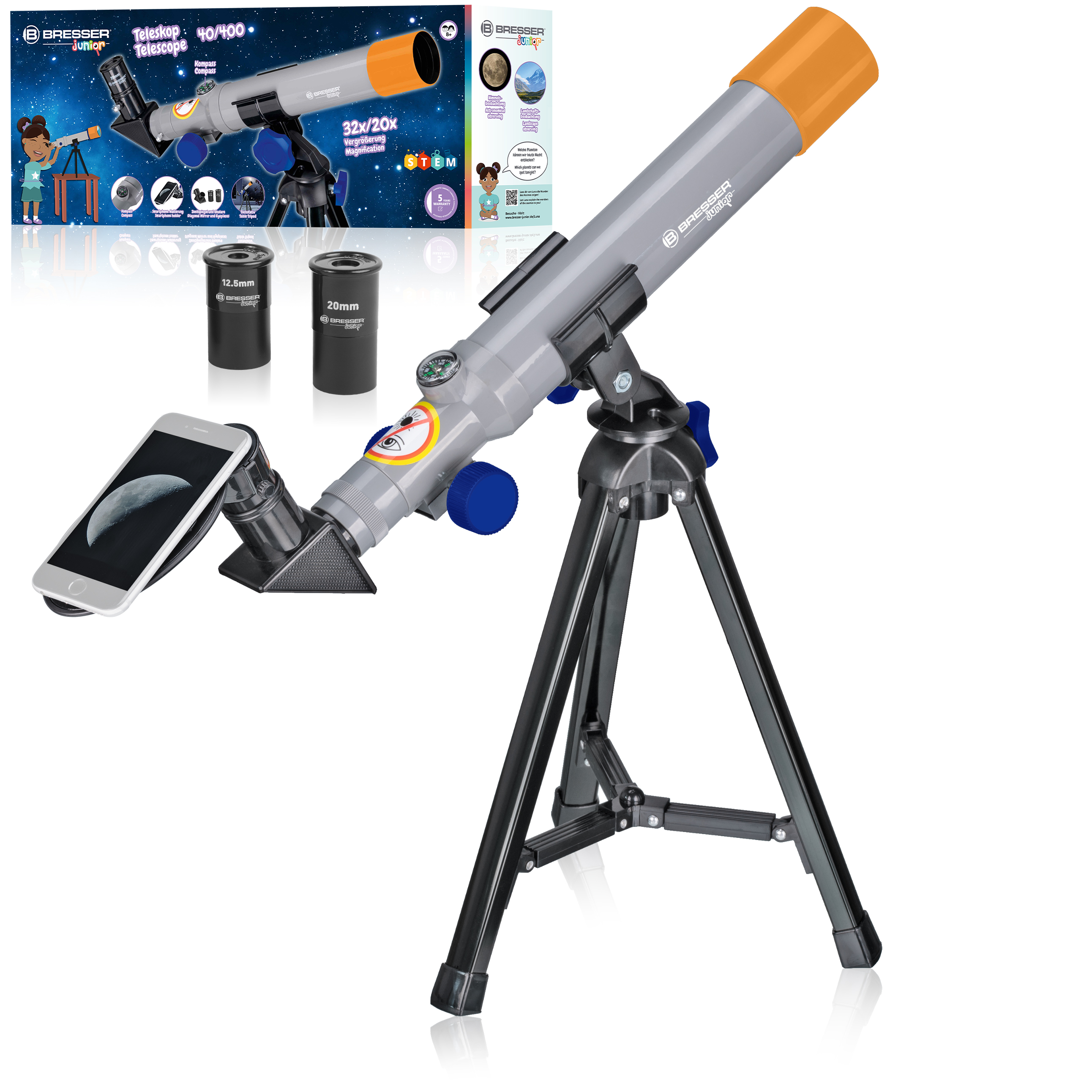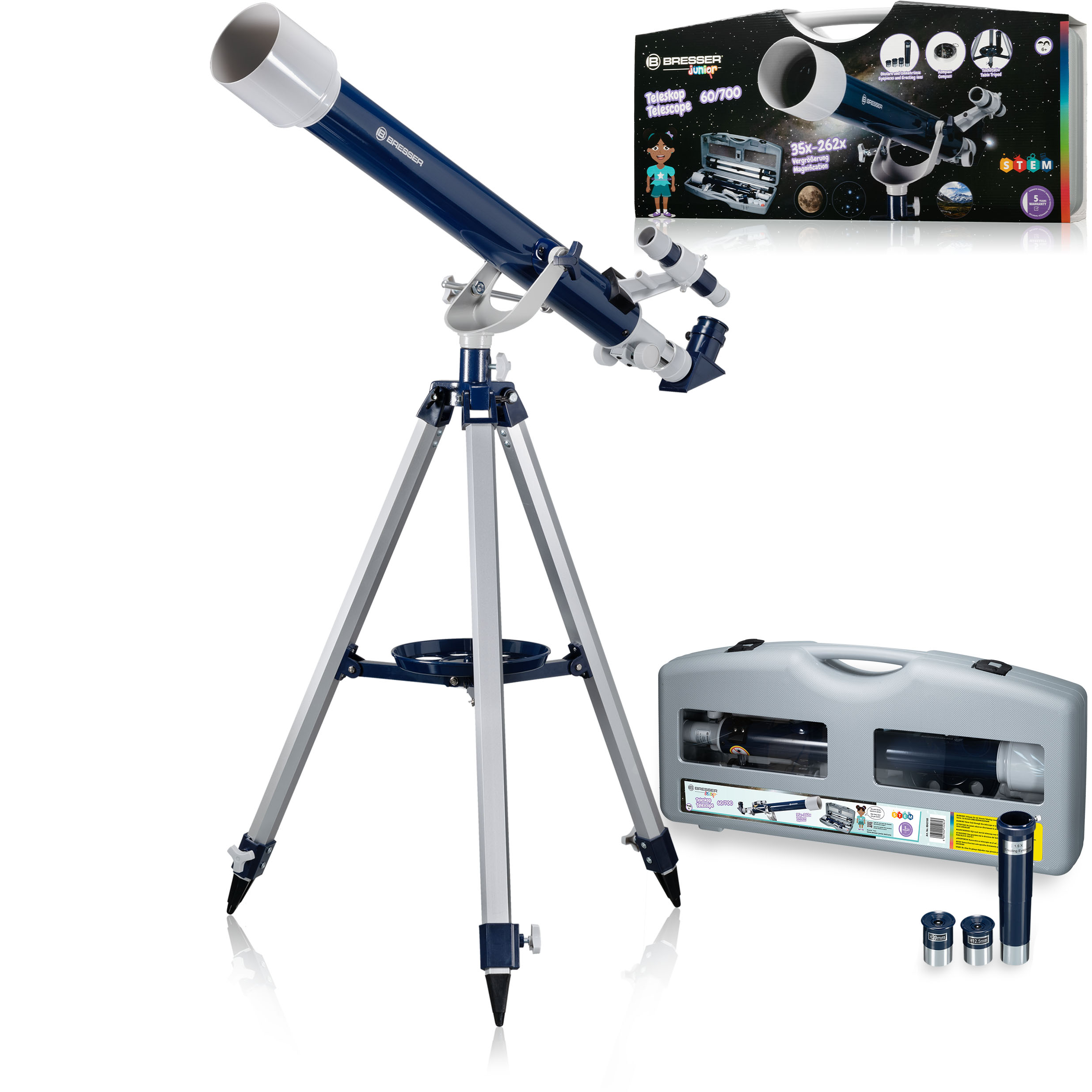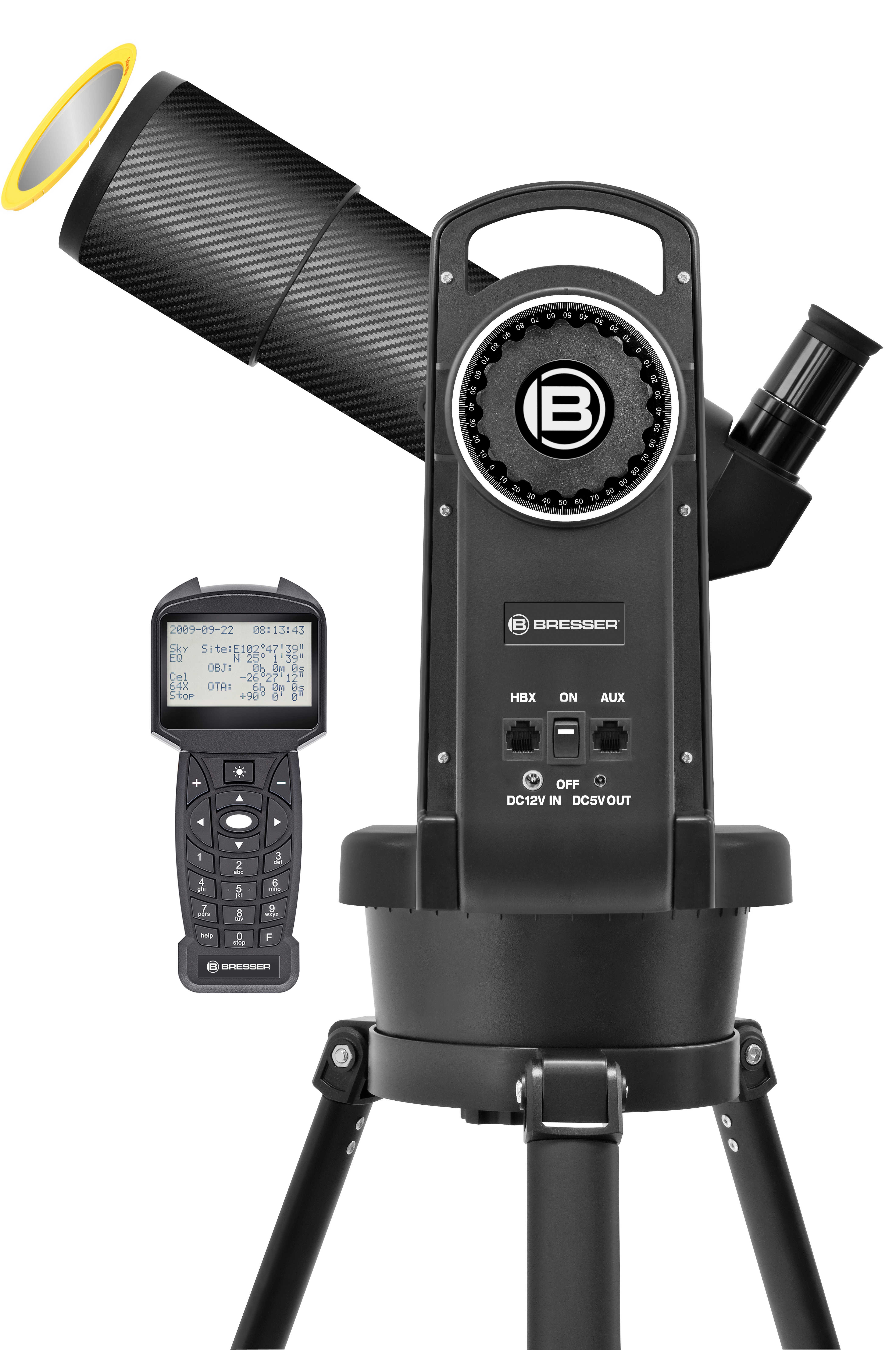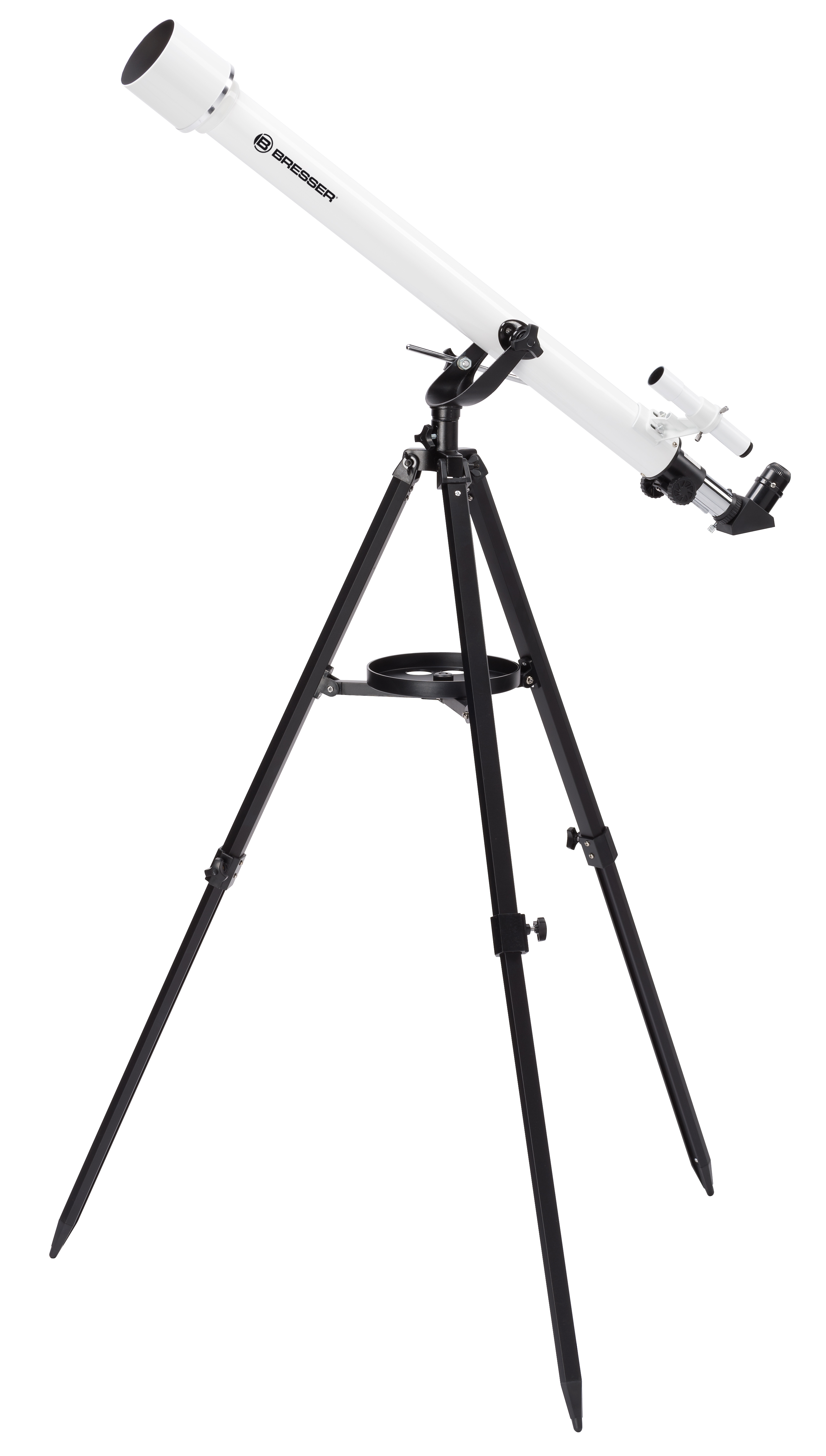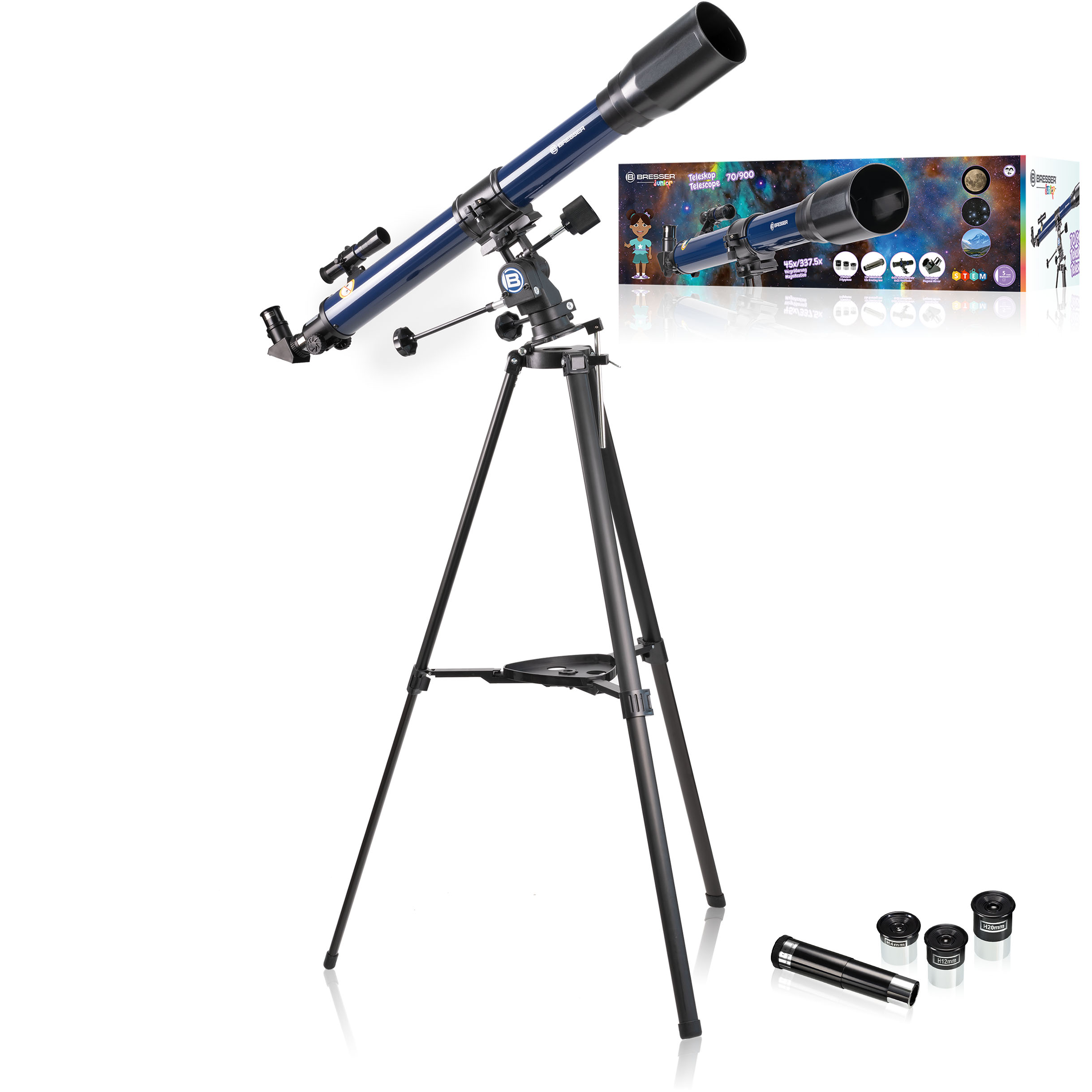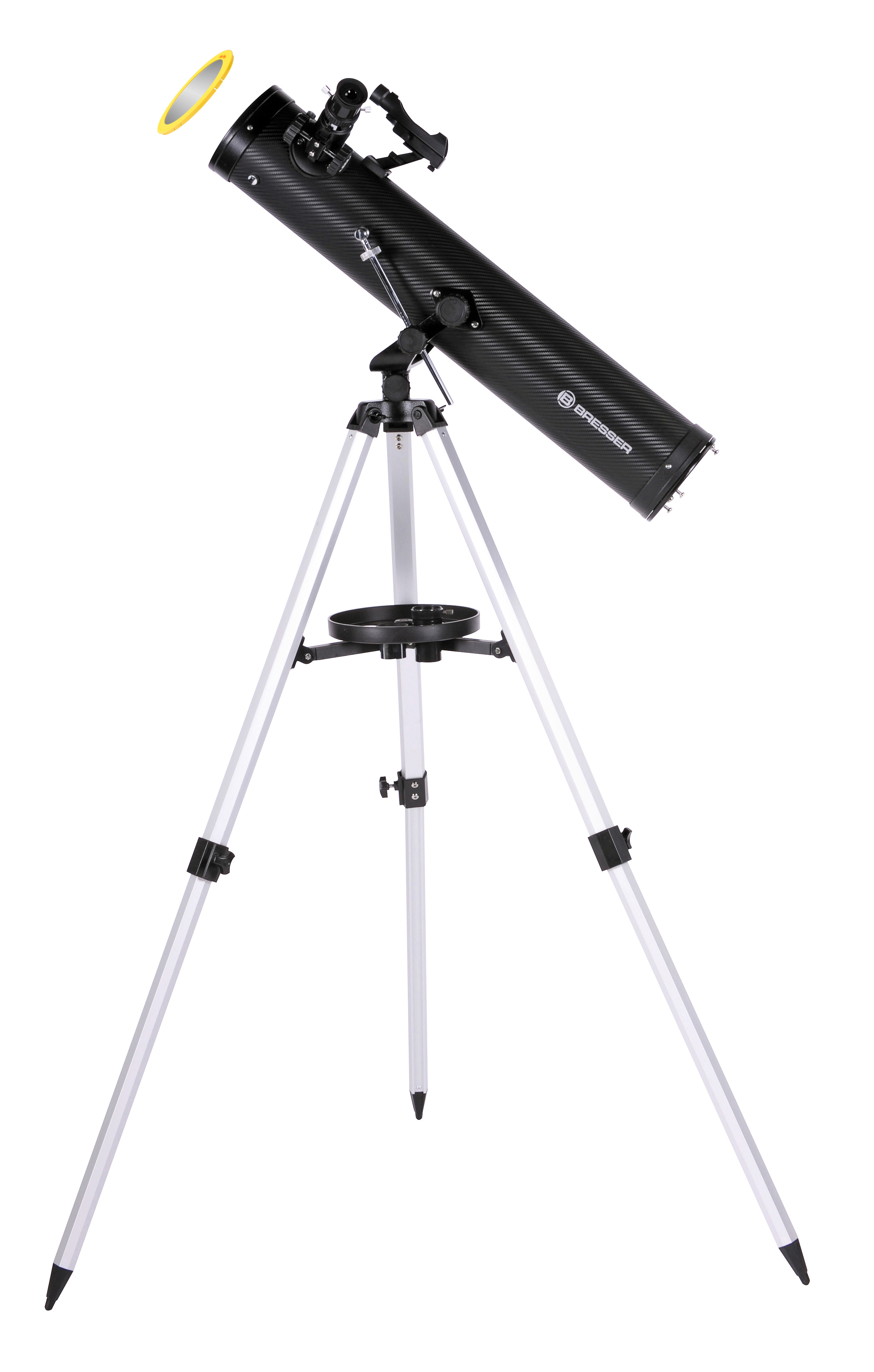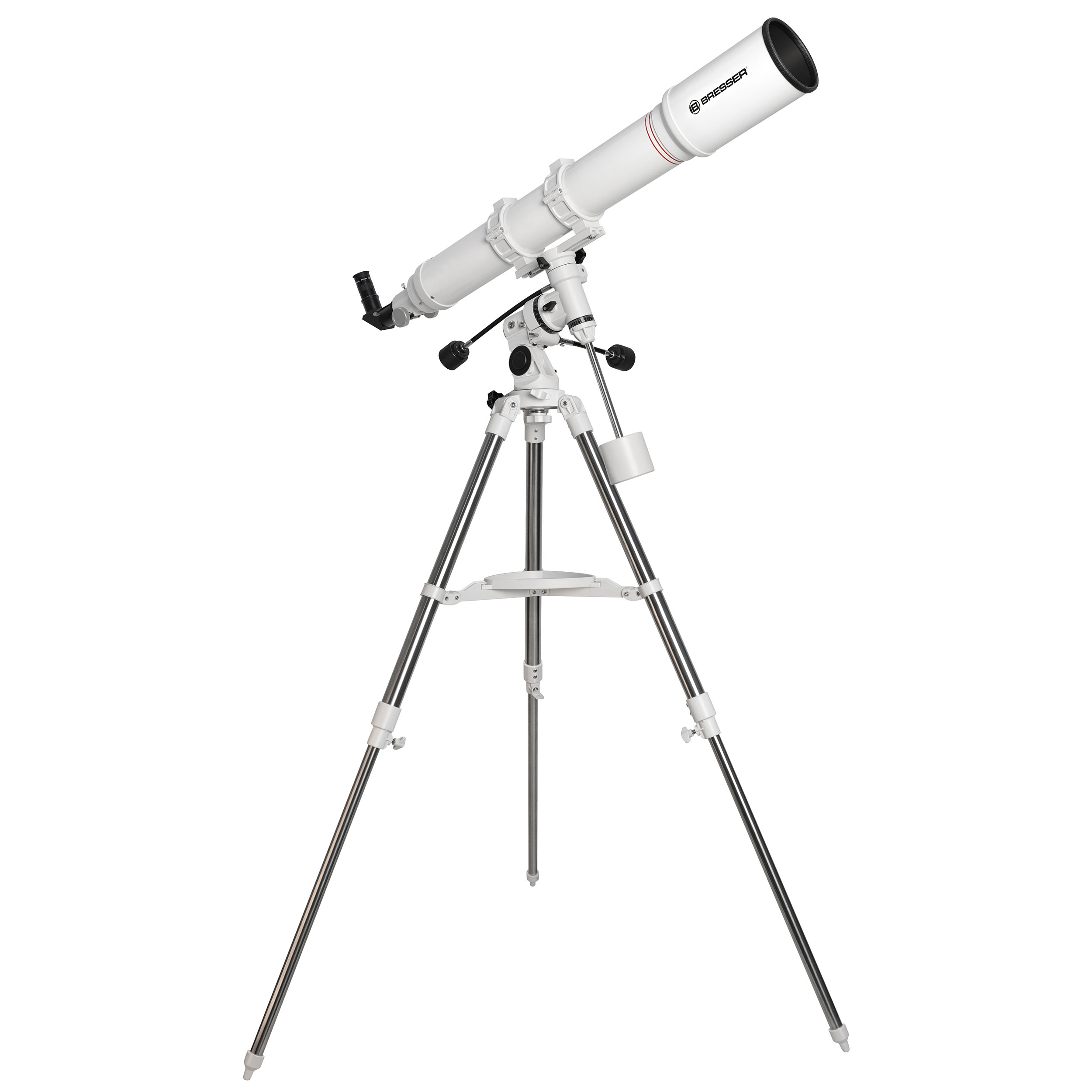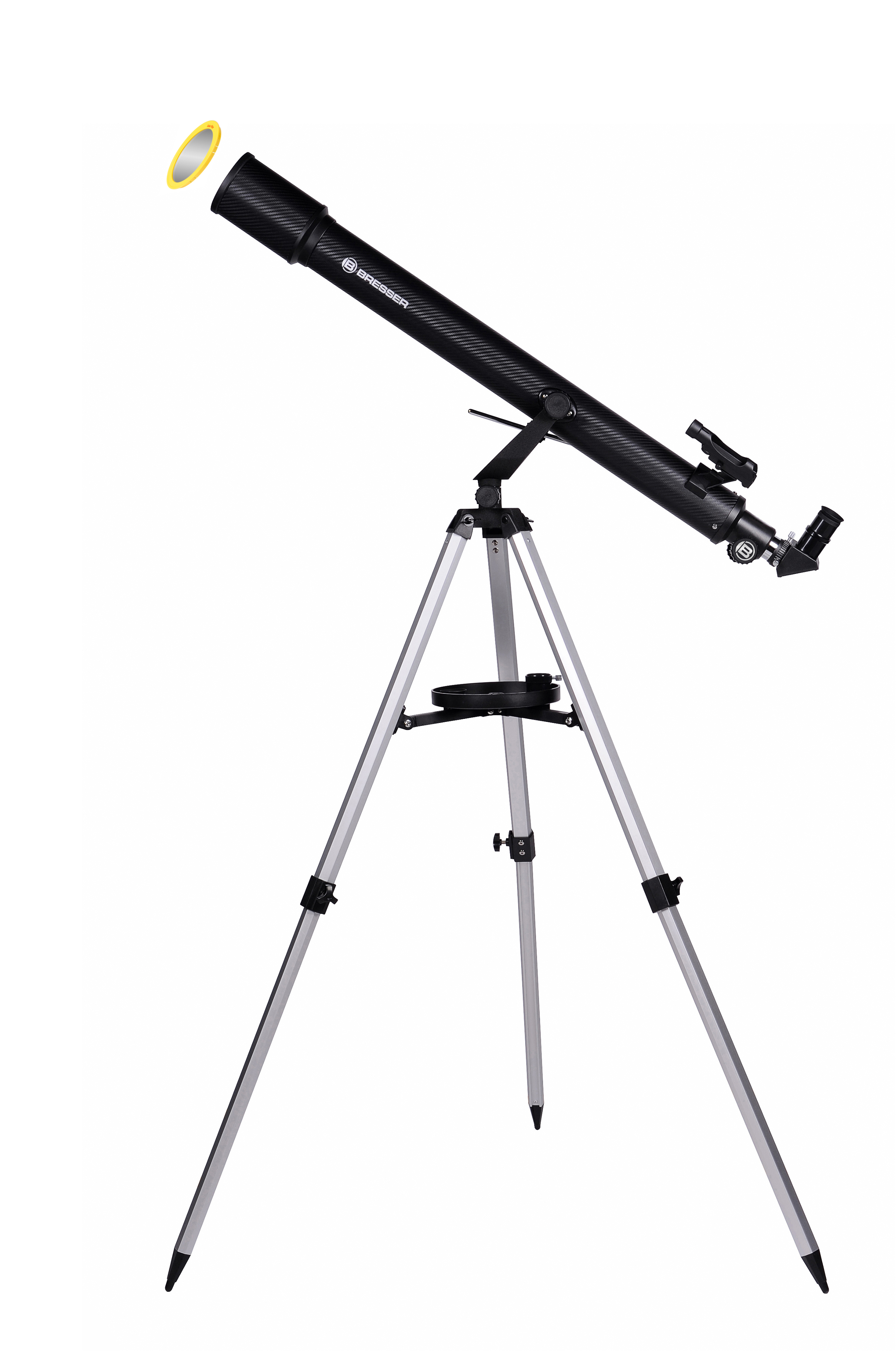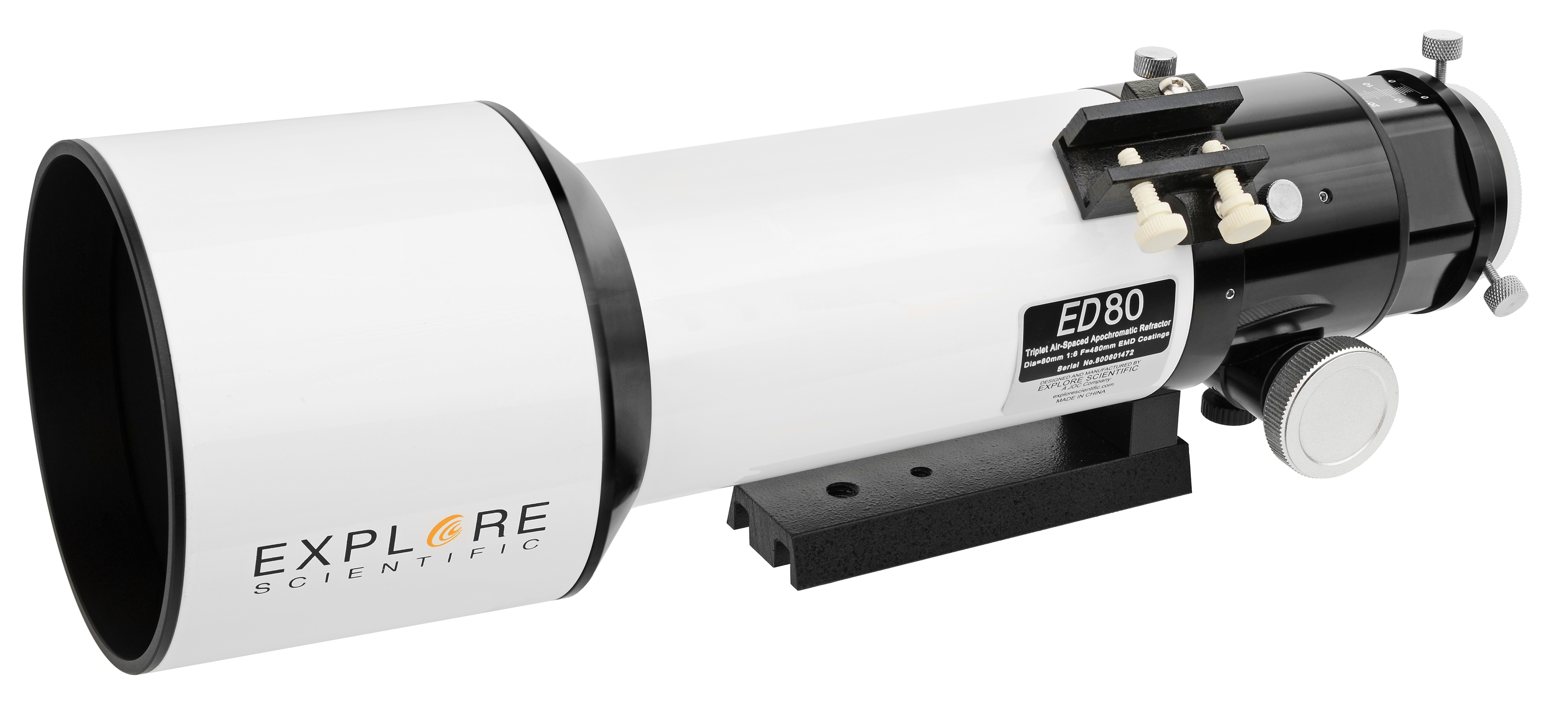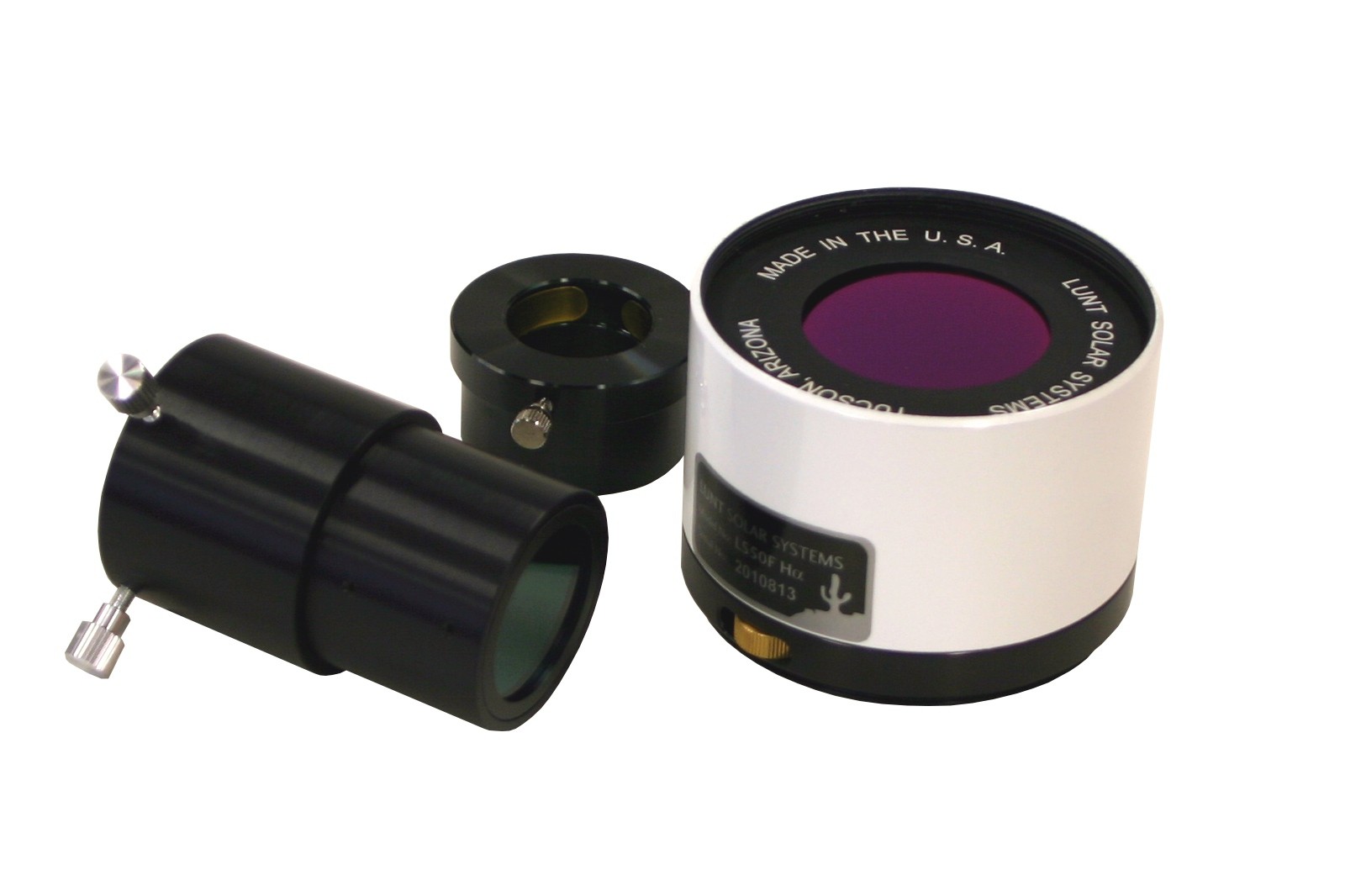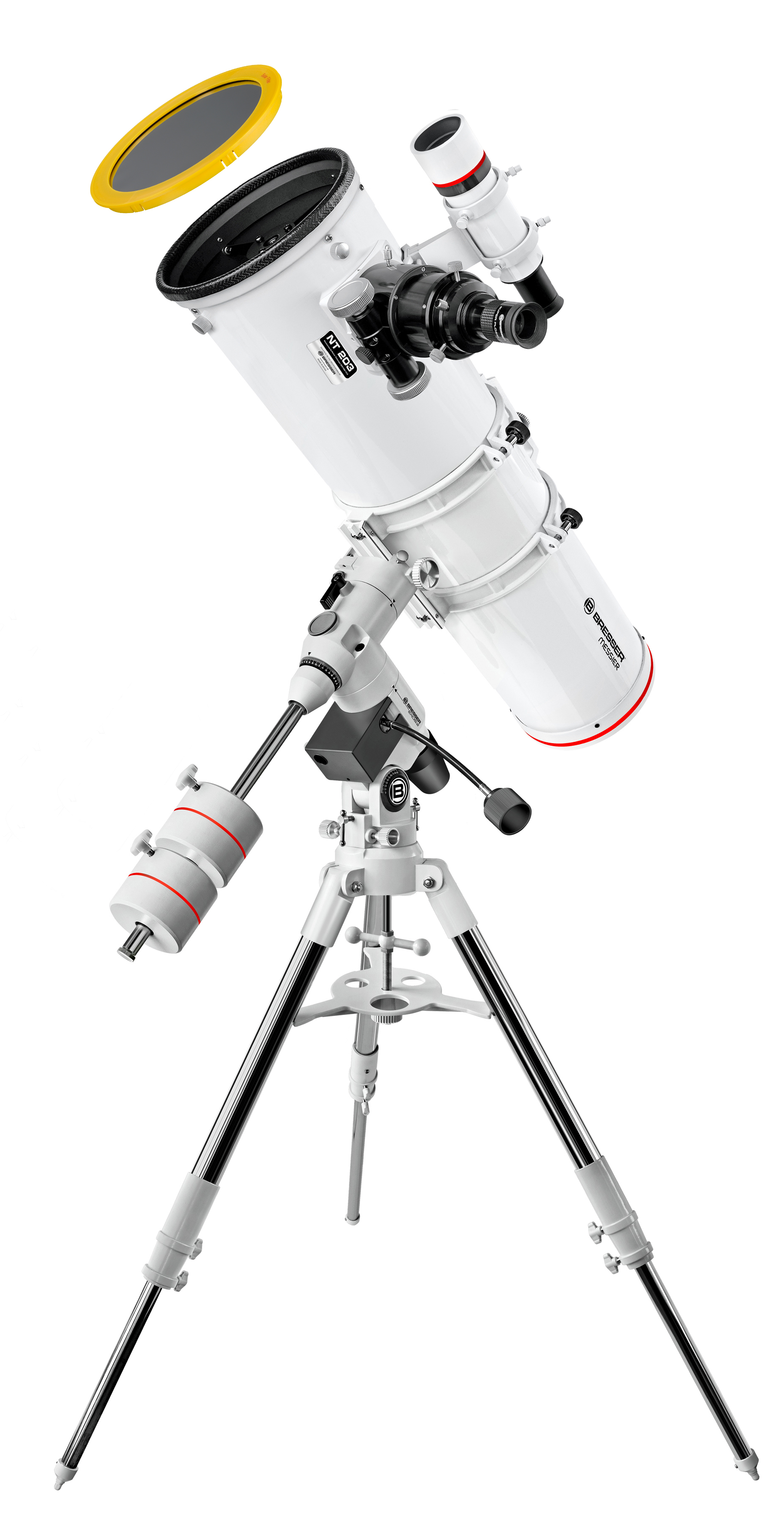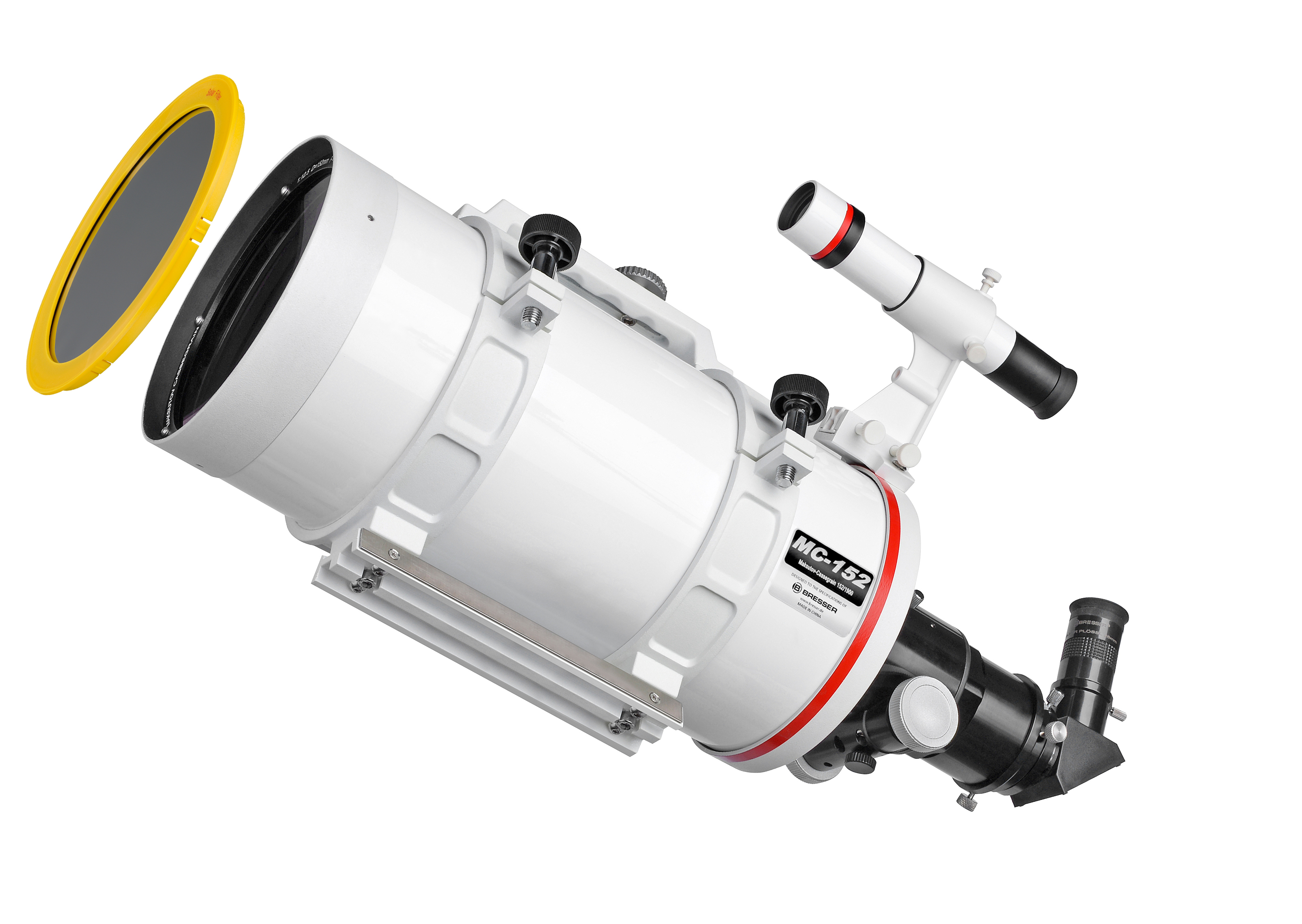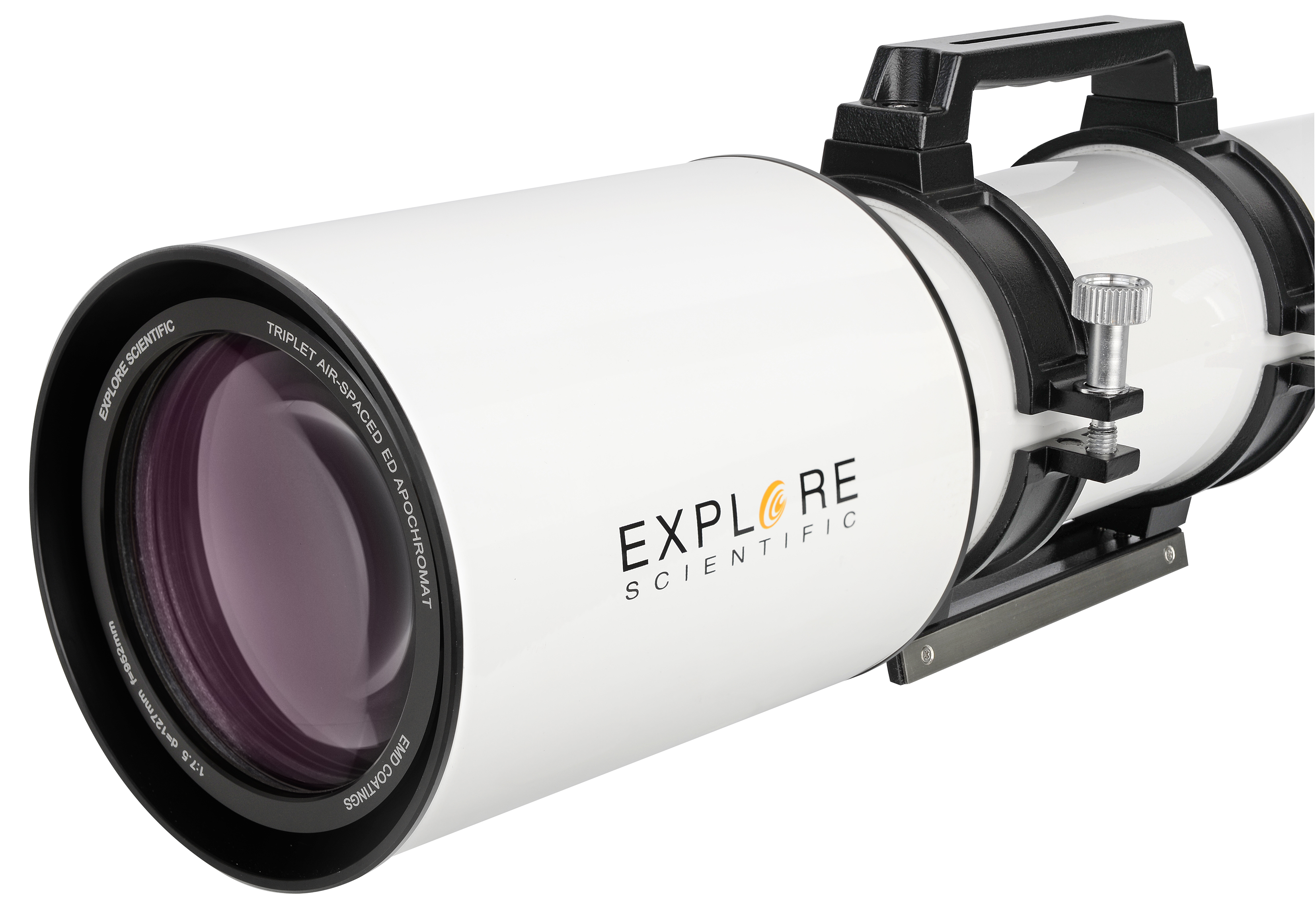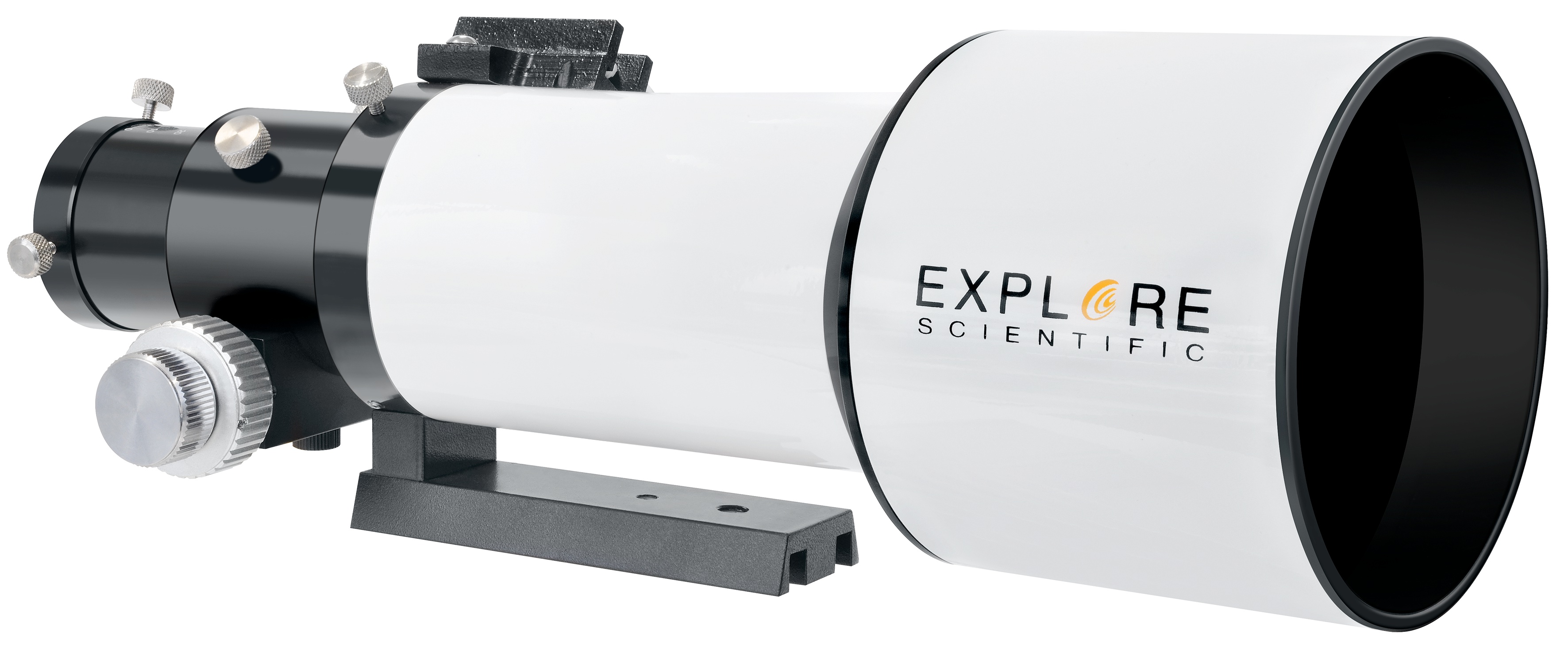
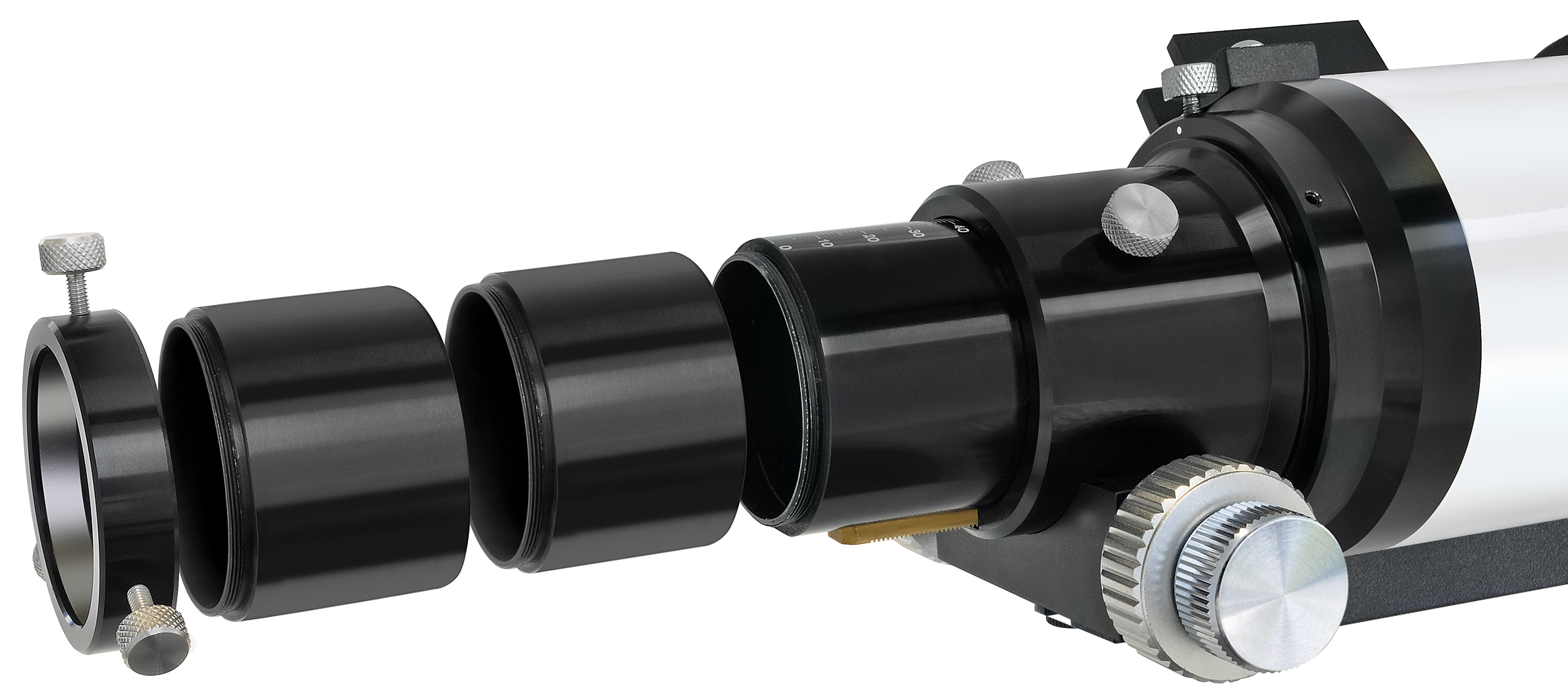
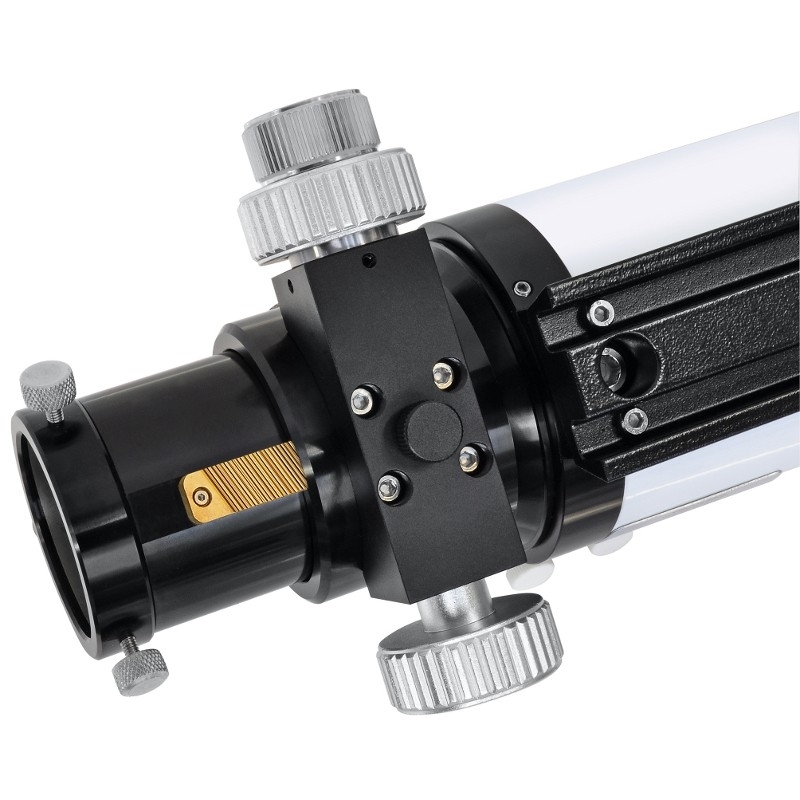
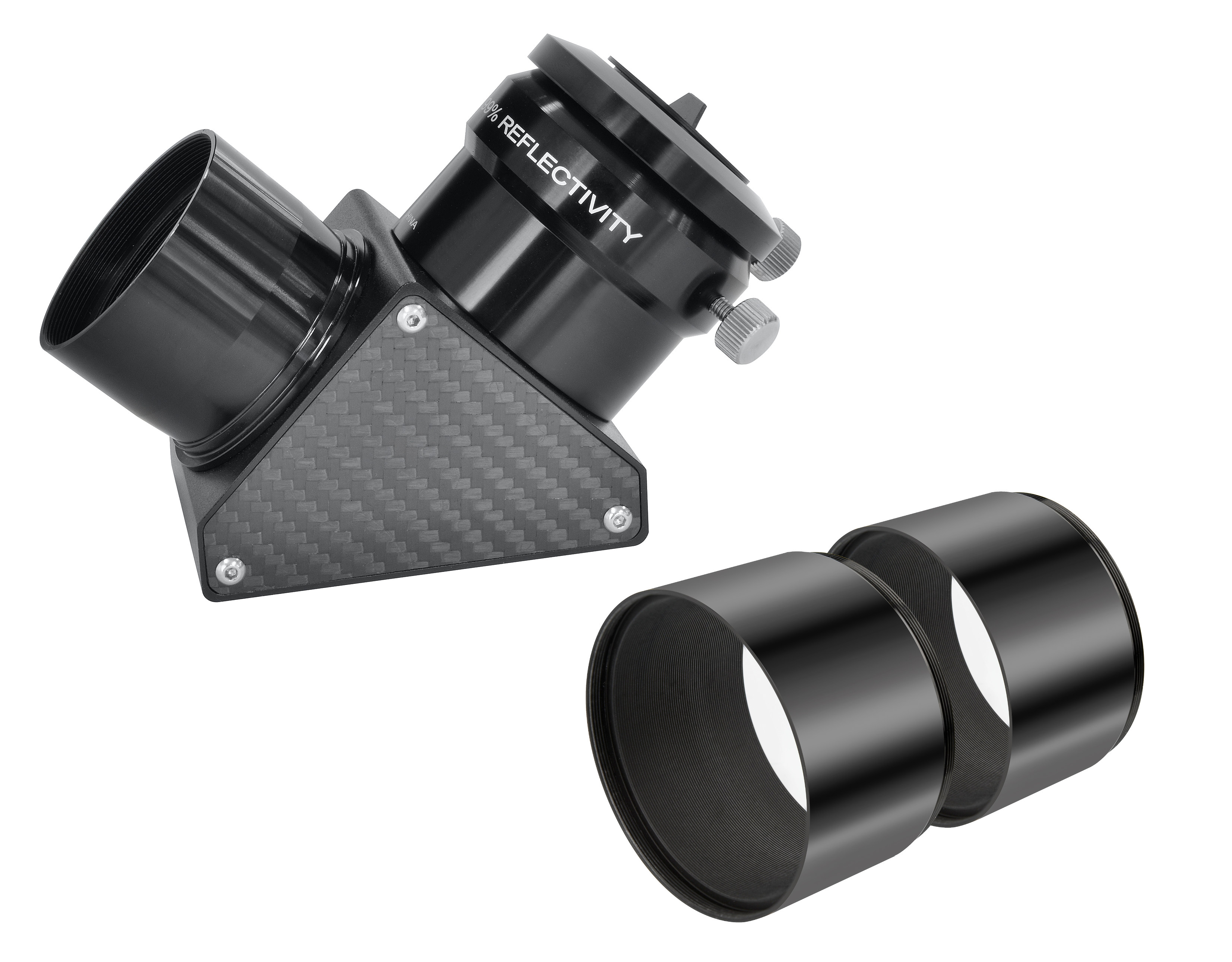
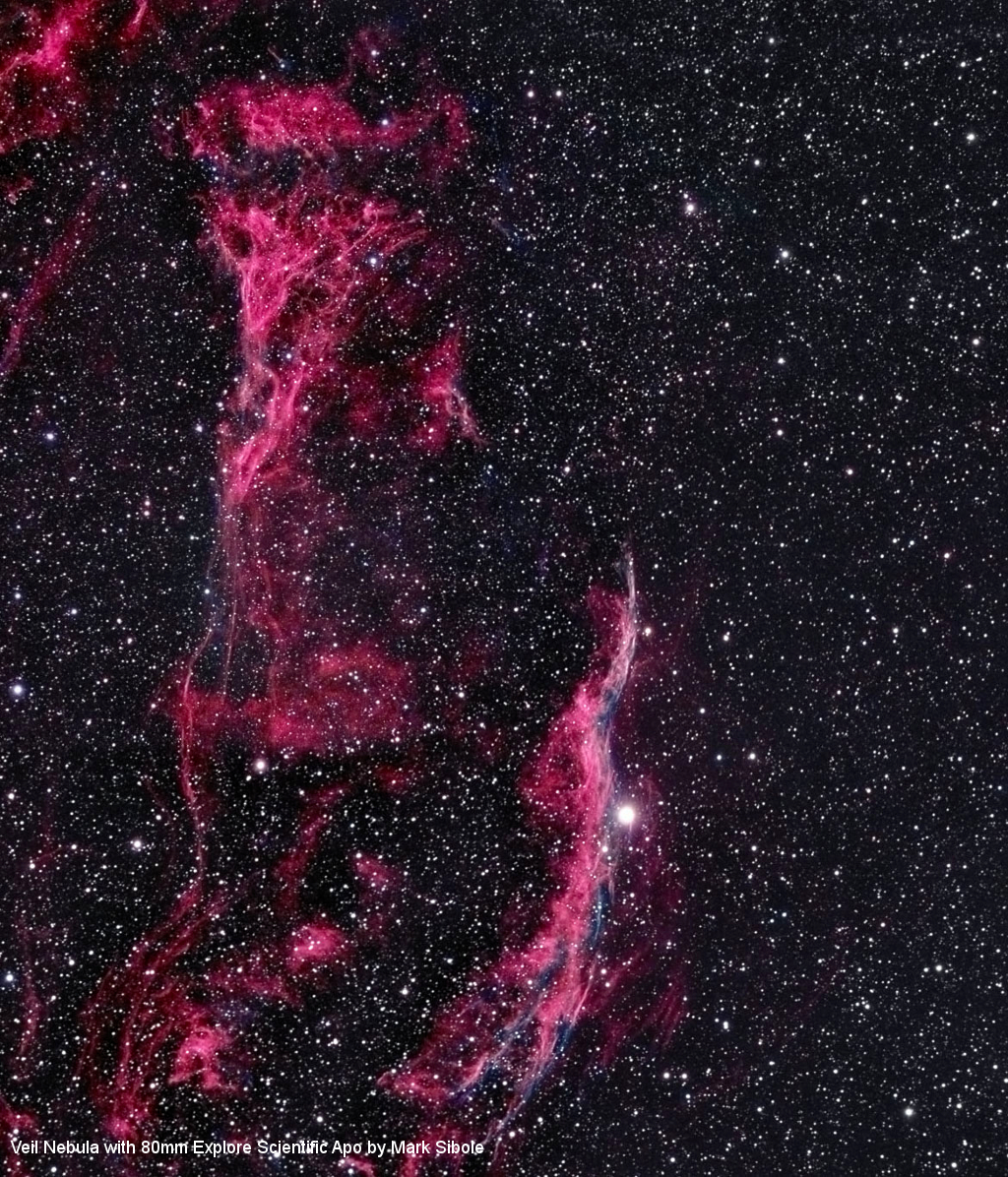
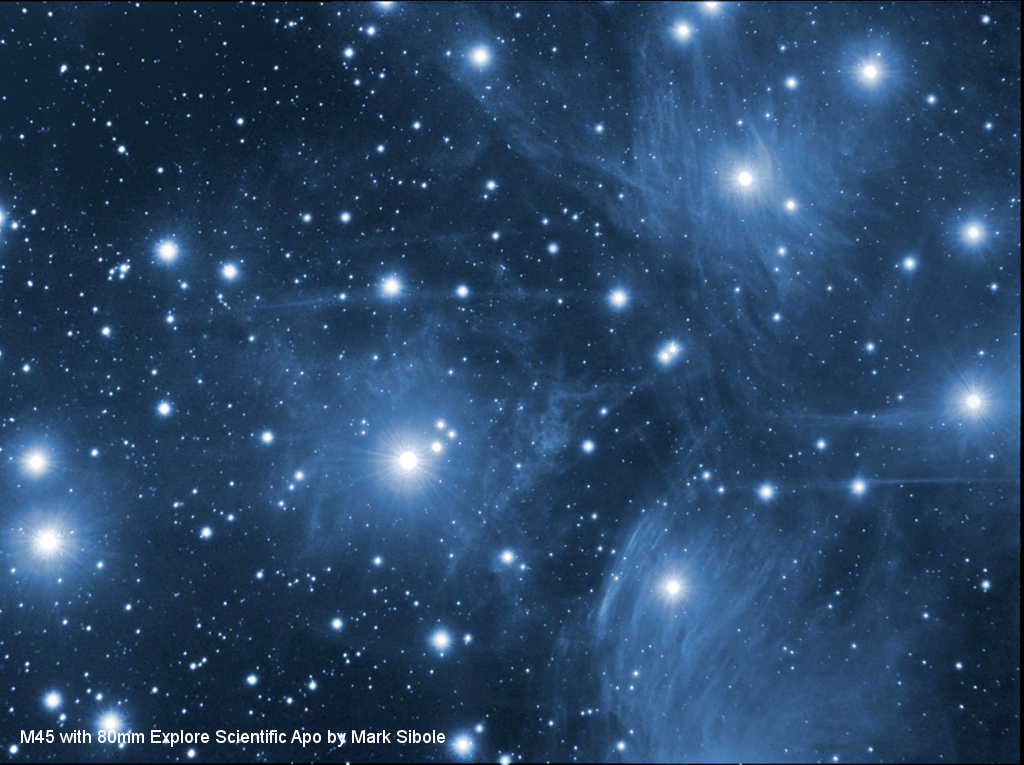

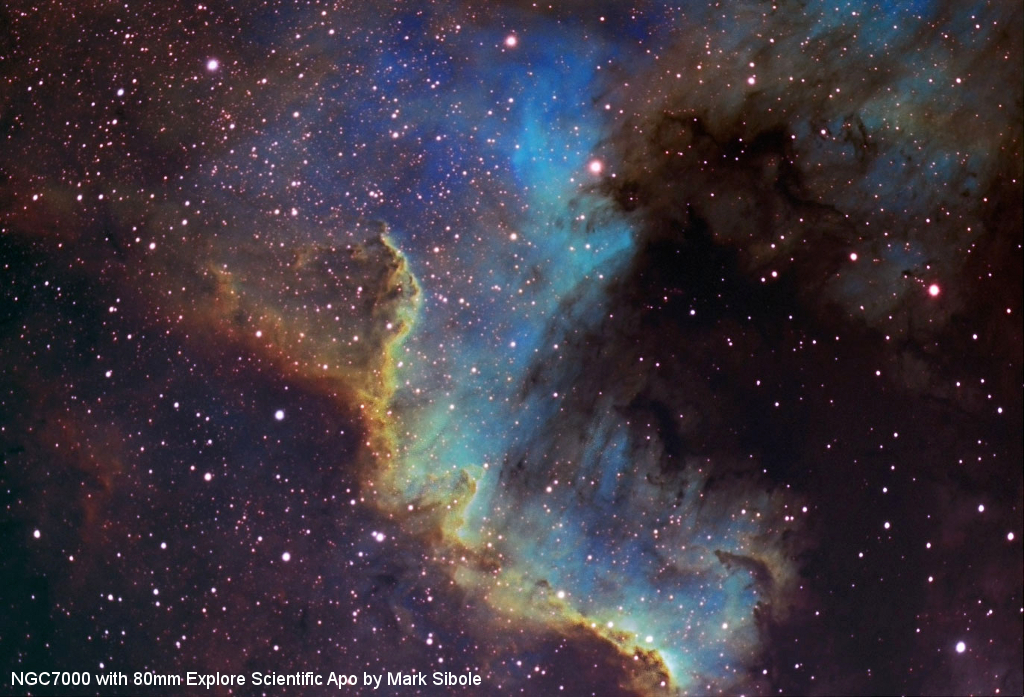
























ED APO 80mm f/6 FCD-1 Alu 2" R&P Focuser
- Three lens air-spaced ED-apochromat
- Aperture 80mm; Focal length 480mm; f/6
- Optical tube assembly 44mm GP dovetail
- Focuser with 10:1 reduction
- 2" Star Diagonal 99% reflectivity
€594.00*
% €799.00* (25.66% saved)Available, delivery time: 1-3 days
This excellent optical performance teams up with a high precision mechanics - the result is a telescope on a level that is setting a new standard in it´s price class. Astrophotographers will love this telescope - a optional field flattner is available and makes the telescope perfect even for cameras with a large chip format.
These very popular EXPLORE SCIENTIFIC Triplet ED APO Refractors we do offer in 3 different product lines:
Essential Line:
HOYA FCD-1 Glass lens, AL-Tube, 2.0" Rack&Pinion Focusser with 1:10, 2.0" Star Diagonal 99% Reflectivity (see Part No. 0112084(AL), 0112106(AL), 0112132(AL)), 0112155(CF + 3"FT))
Professional Line:
HOYA FCD-100 Glas lens, AL/CF-Tube, 2.5" HEXAFOC Focusser with 1:10, 2.0" Star Diagonal 99% Reflectivity (see Part No. 0112086(AL), 0112108(AL), 0112109(CF), 0112134(AL), 0112135(CF))
High-End Line:
OHARA FPL-53 Glass lens, Carbon(CF) Tube, 3.0" Feather-Touch Focusser with 1:10, 2.0" Star Diagonal 99% Reflectivity (see Part No. 0112165(CF))
FEATURES
- three lens air-spaced ED-apochromat
- Hoya FCD01-ED glass
- polystrehl of above 0.9
- weight: 2,6kg
- backfocus: 165mm above 2" adaptor
SCOPE OF DELIVERY
- Optics with dovetail plate and finder slot
- 2" Star Diagonal 99% reflectivity
- Dust caps for front-lens and focuser
| Colour: | white |
|---|---|
| Dust protection caps: | Dust protection caps for front lens and eyepiece holder |
| Focus Group [Telescopes]: | Advanced Amateurs, Specialists and Research, Visual enthusiasts |
| Focusing system: | 2" Rack-and-Pinion Focuser with 10:1 reduction |
| Material: | Aluminium |
| Material front lens or corrector plate: | HOYA FCD-1 |
| Mount Type [Telescopes]: | Optics without Mount |
| Optical design: | Apochomatic Refractor |
| Product Family [Telescopes]: | Refractor telescope |
| Transportability: | very good |
| Type of coating: | Enhanced Multilayer Desposition (EMD) |
Accessories
Similar products
Customers also viewed
